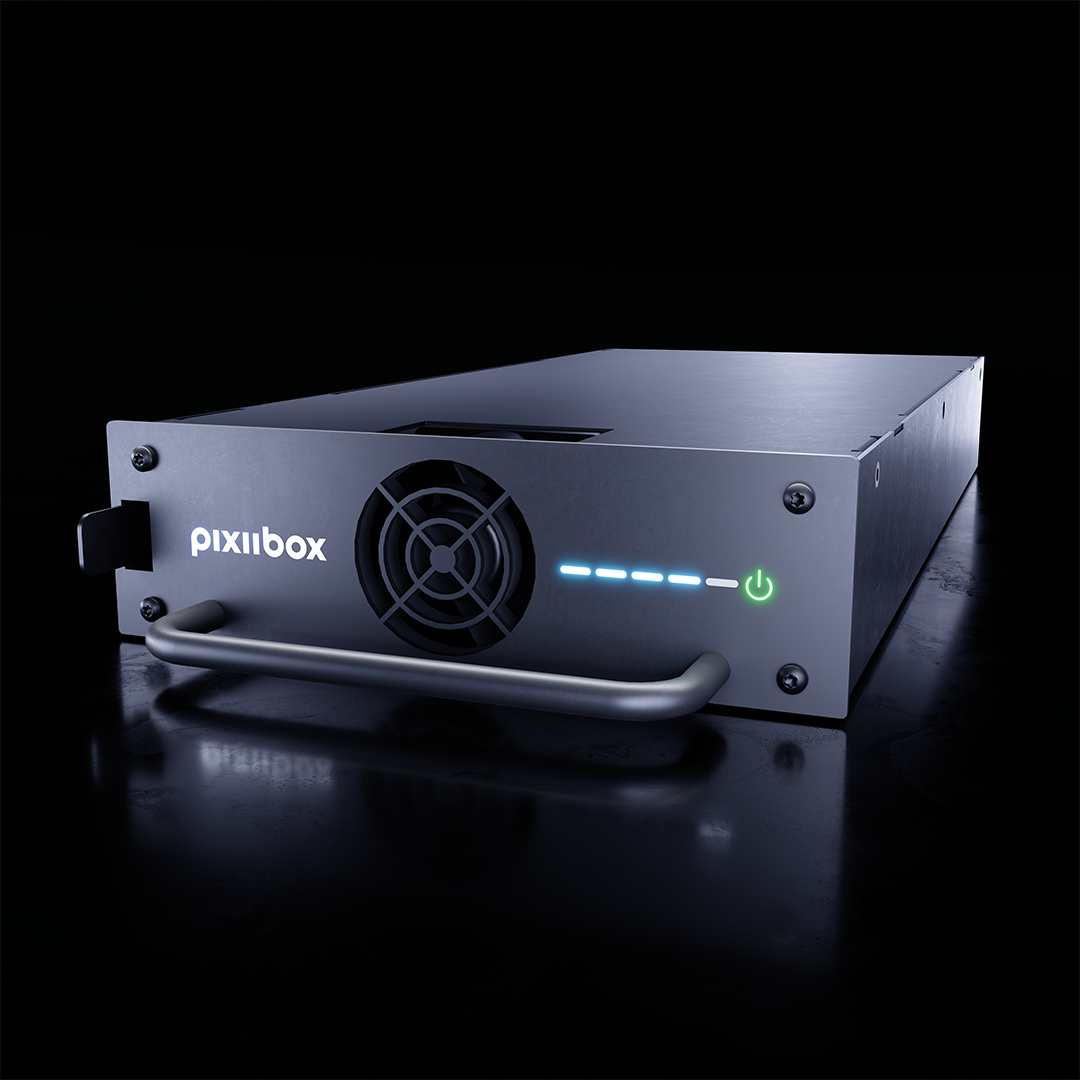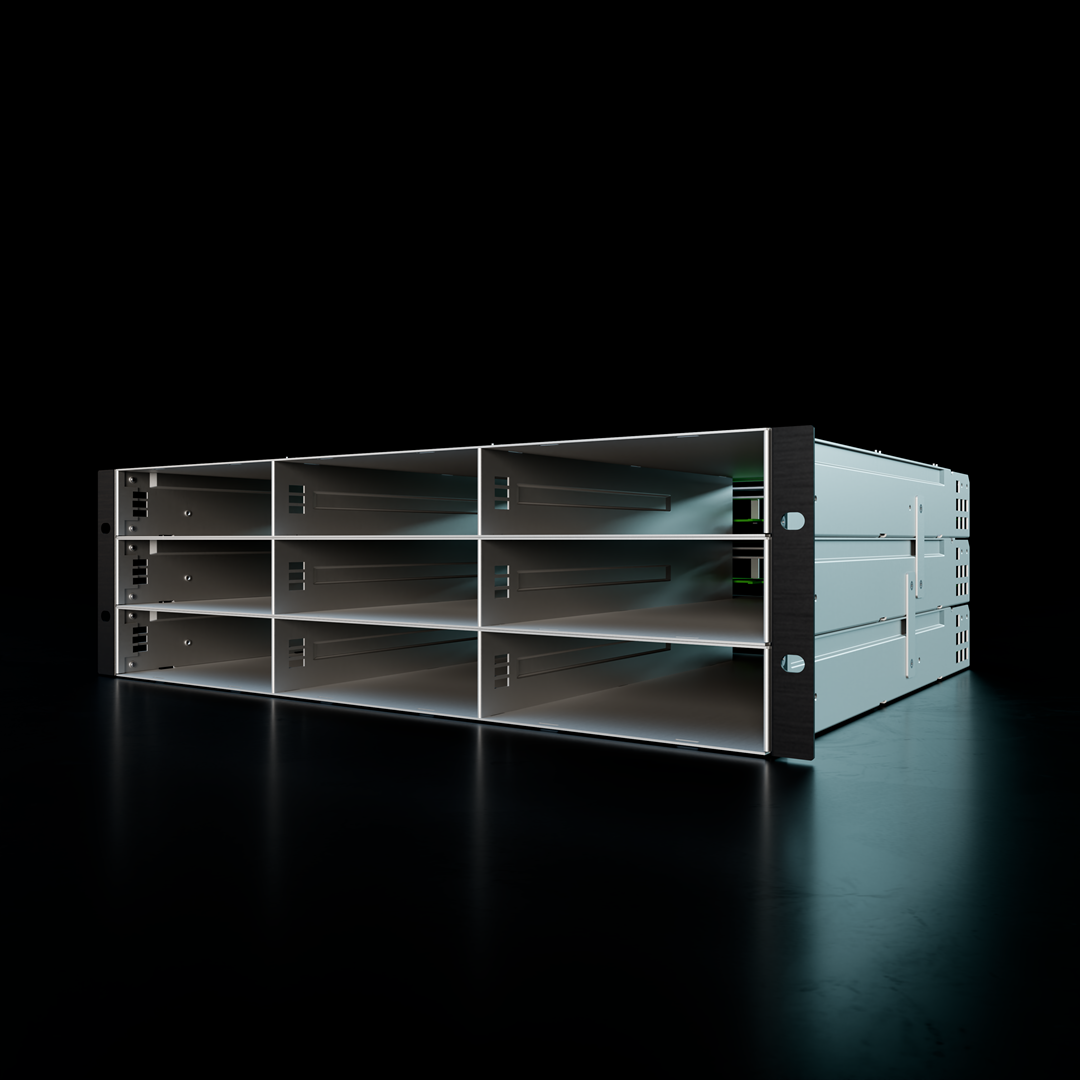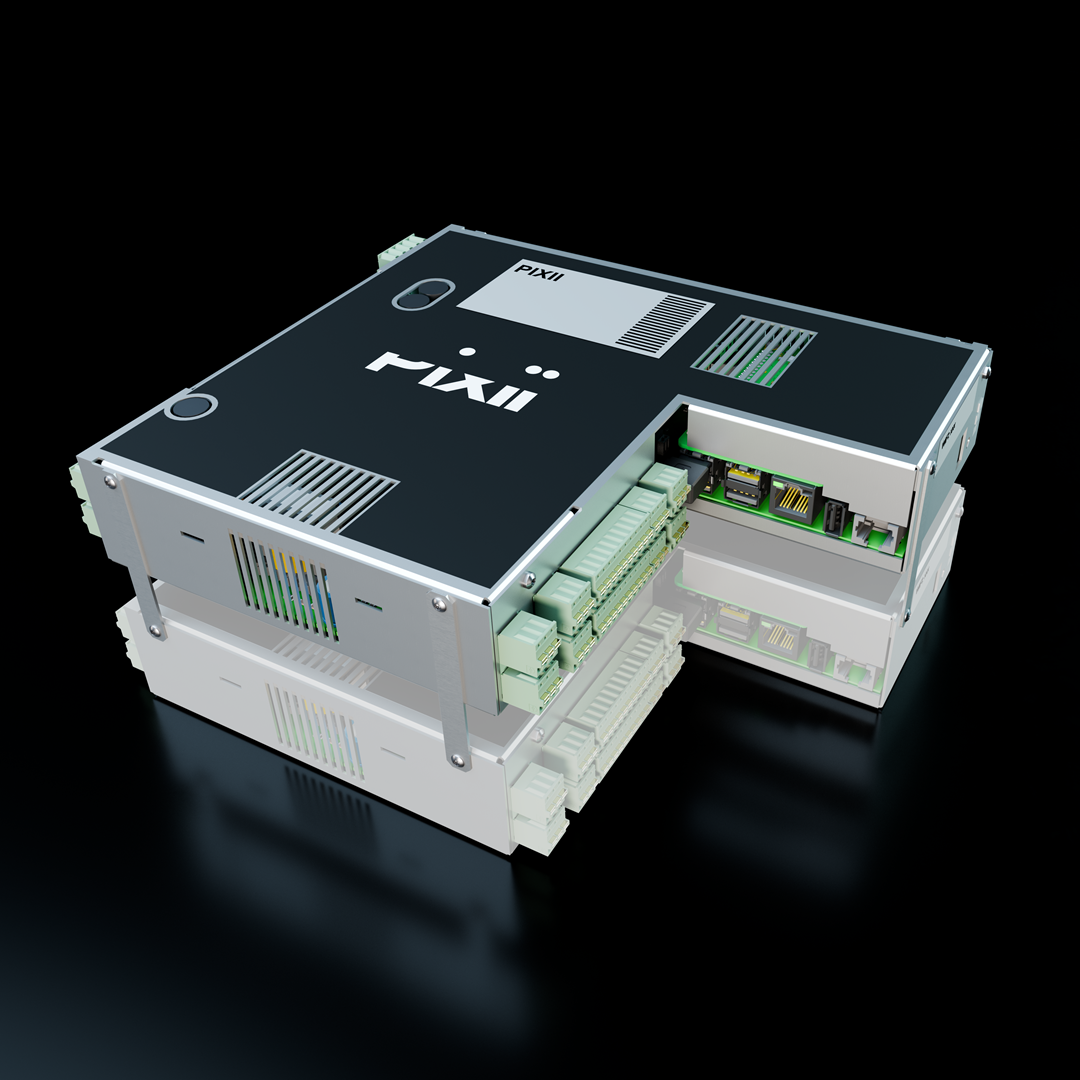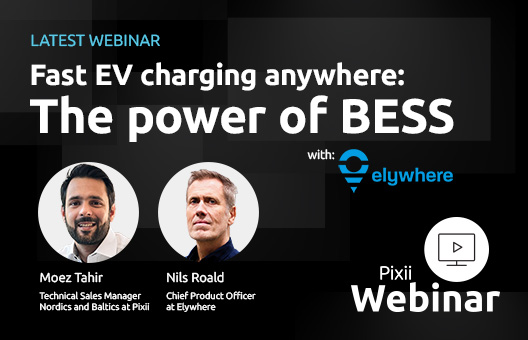
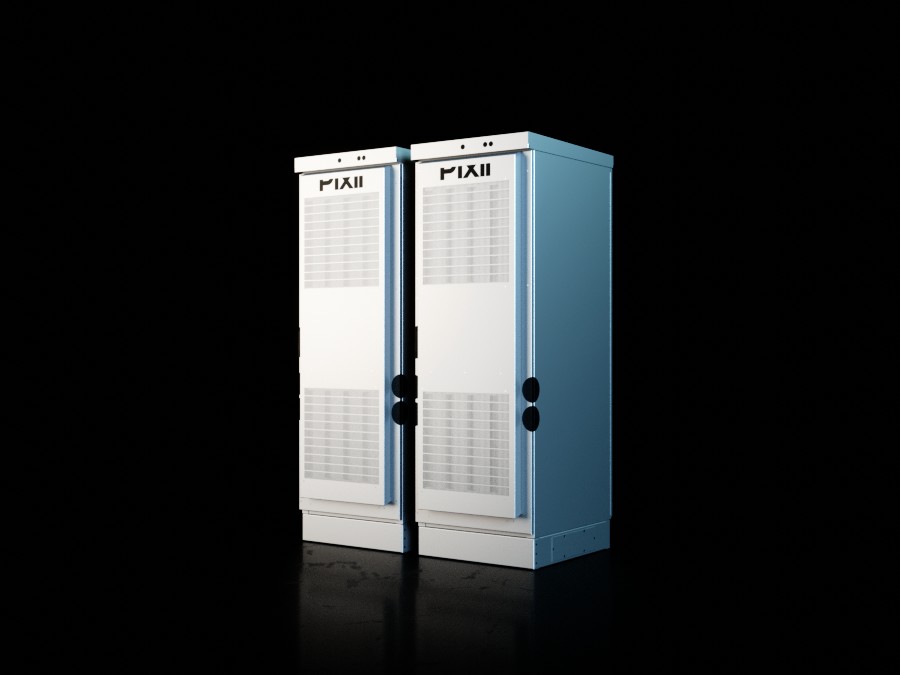
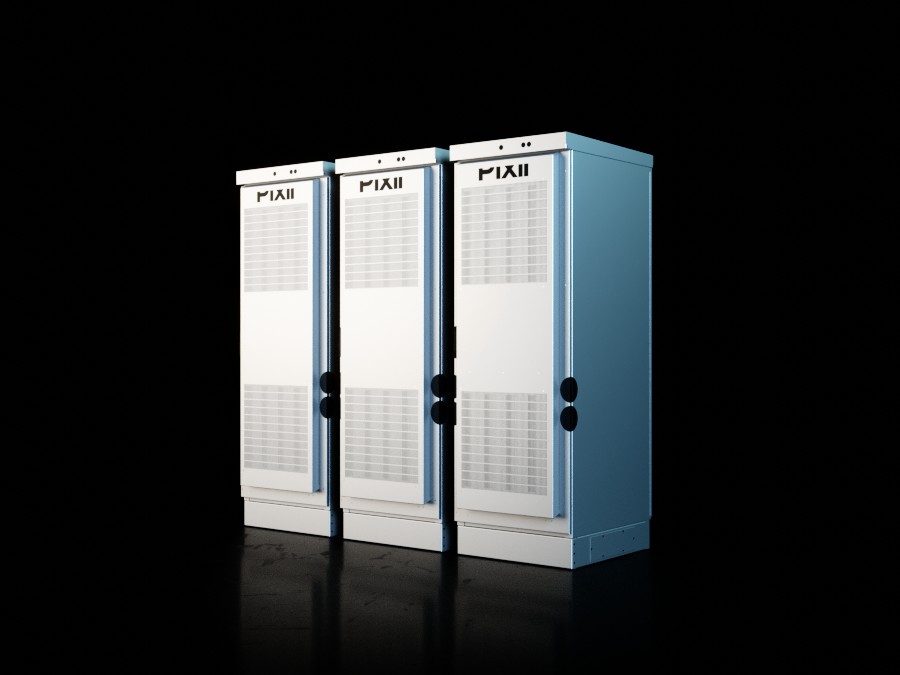
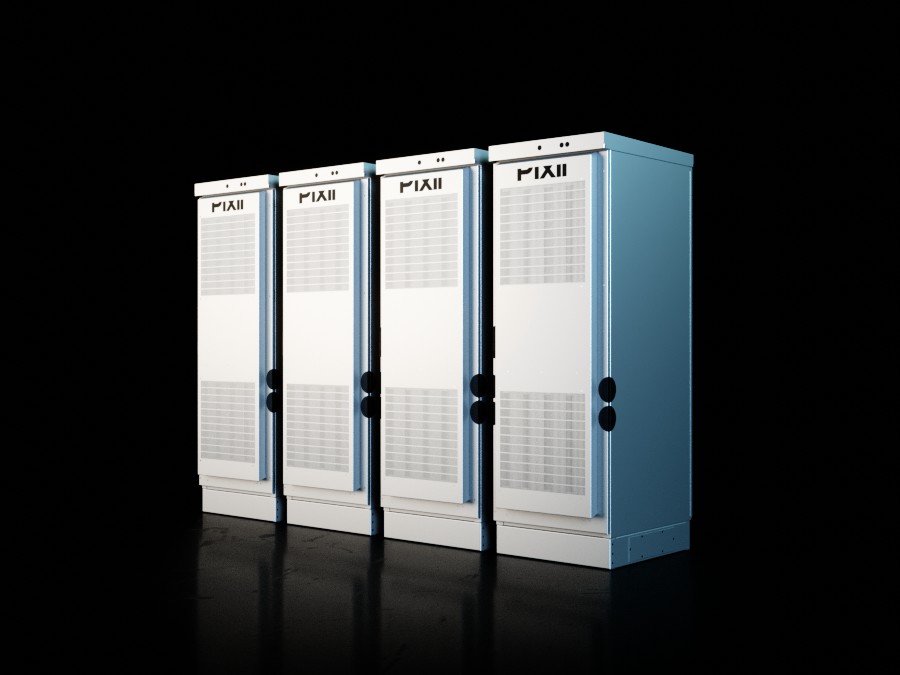
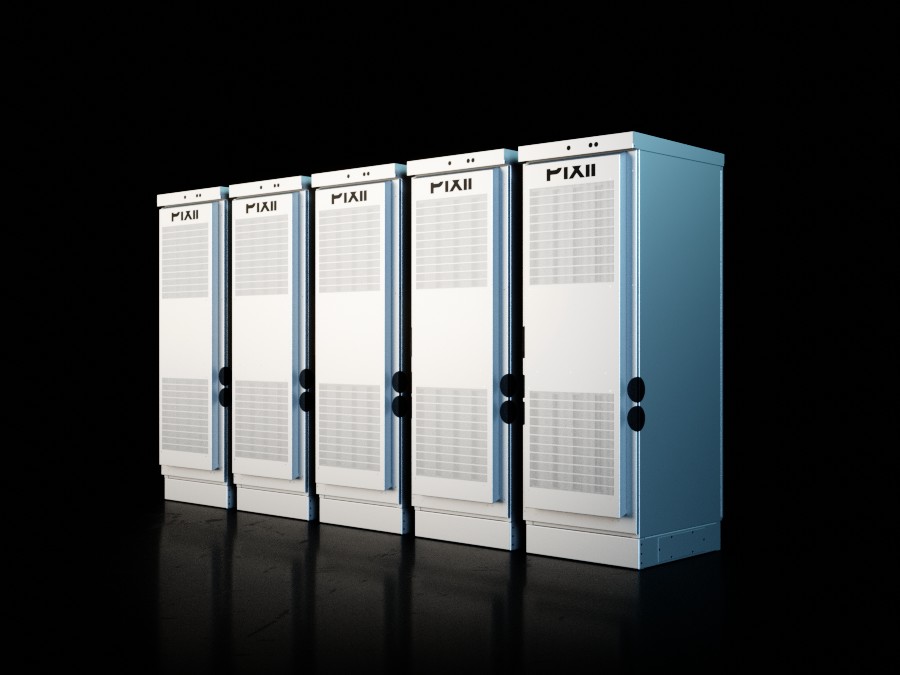
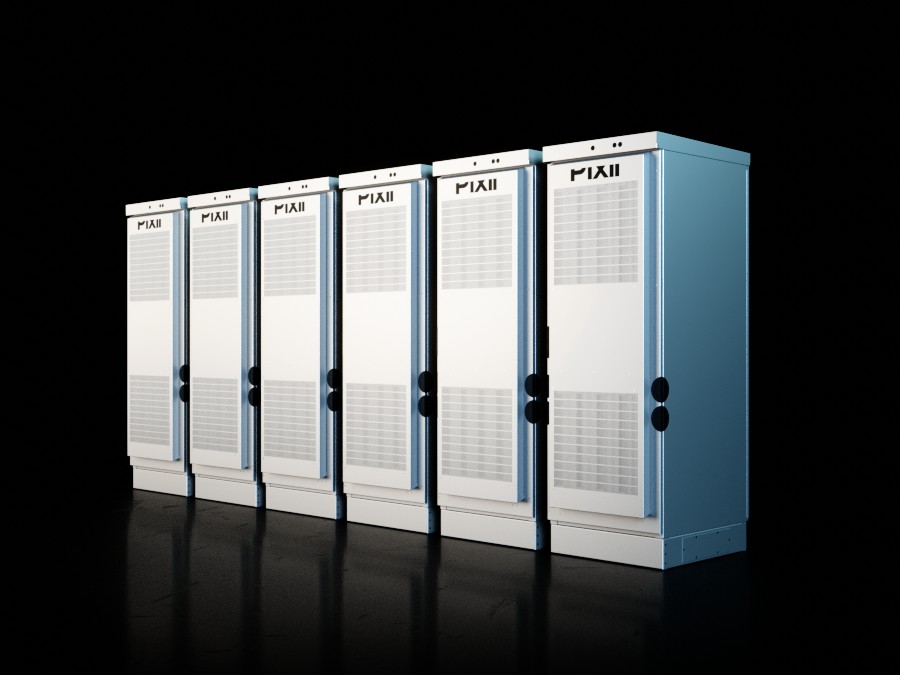
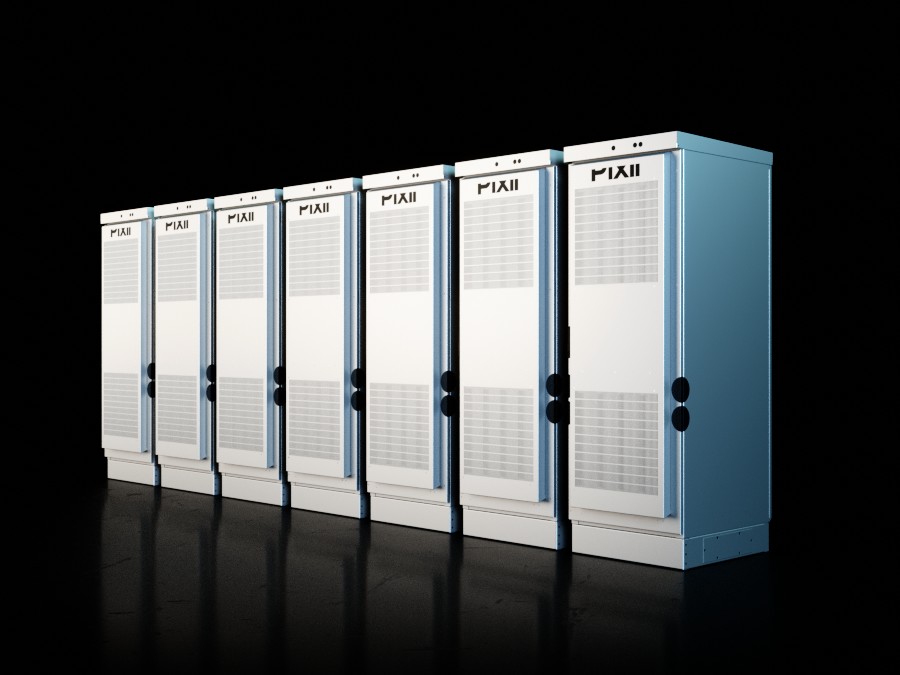
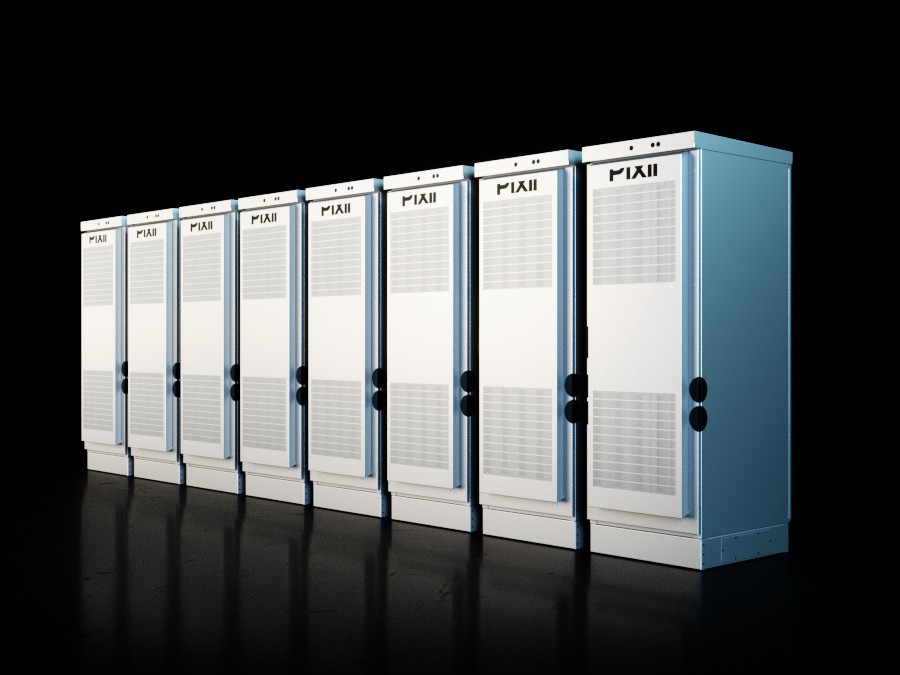
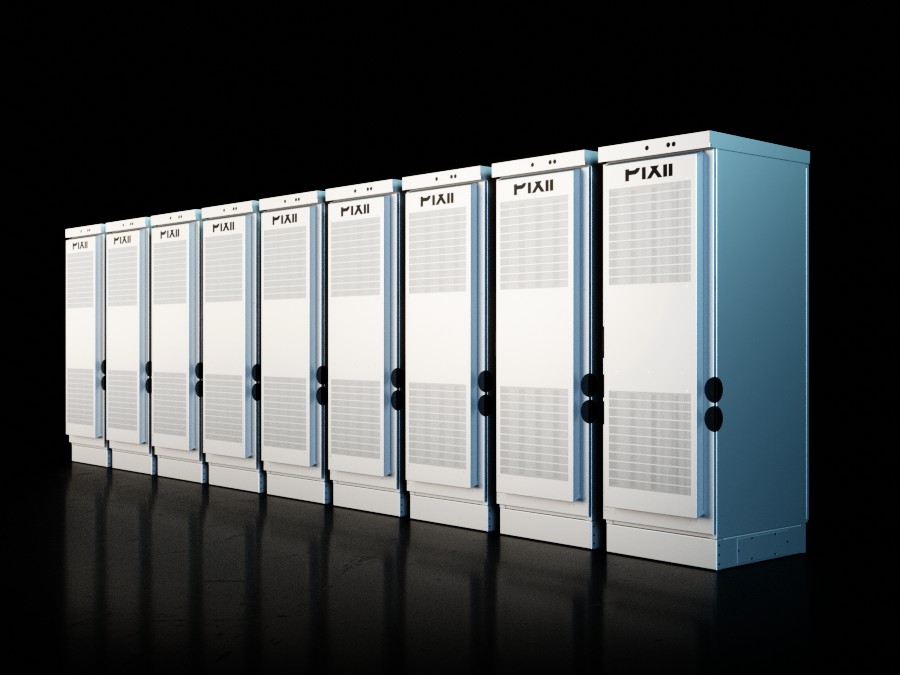
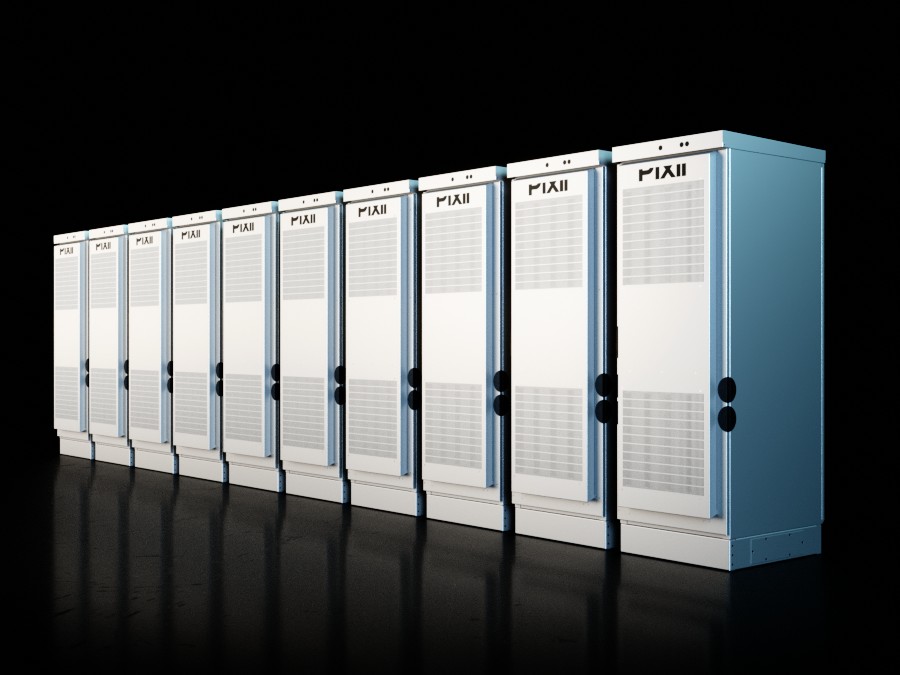
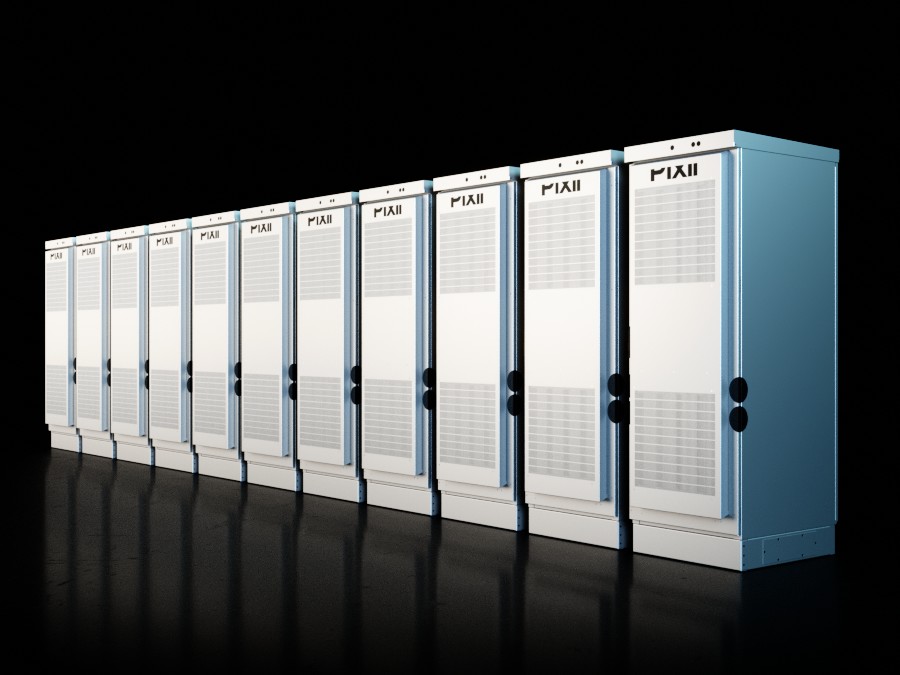

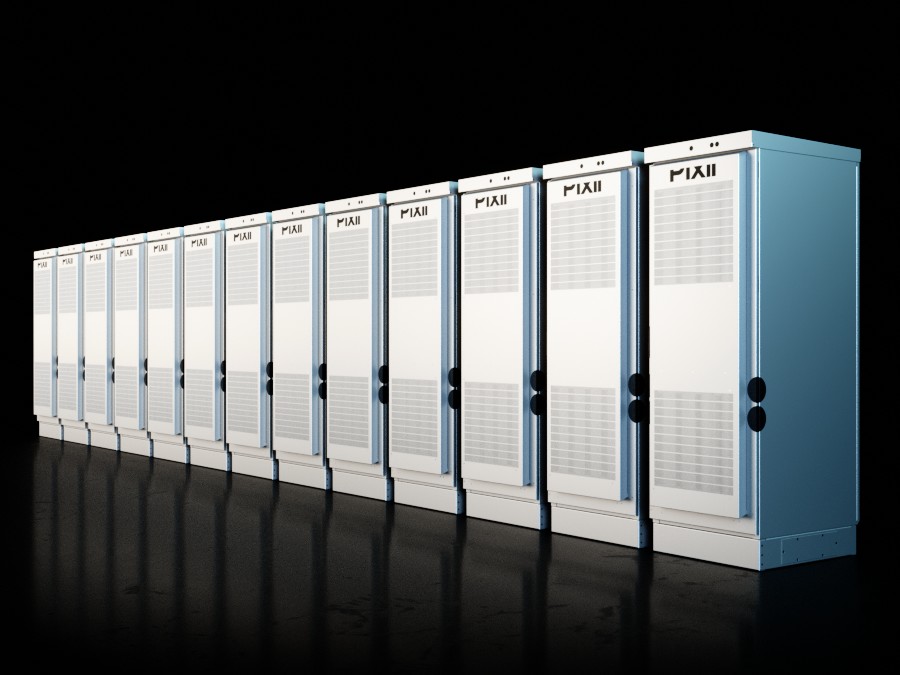
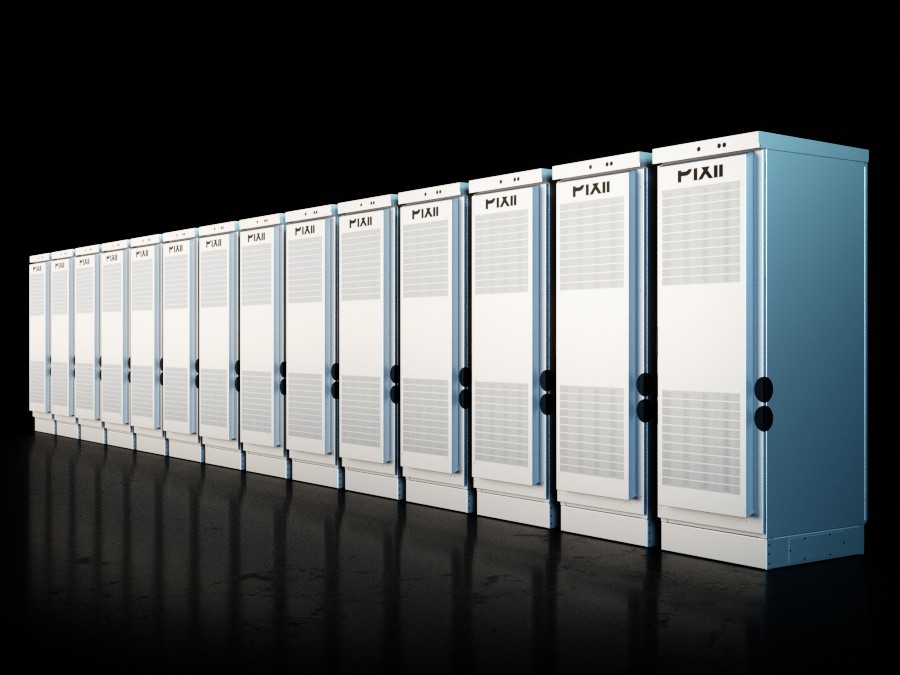
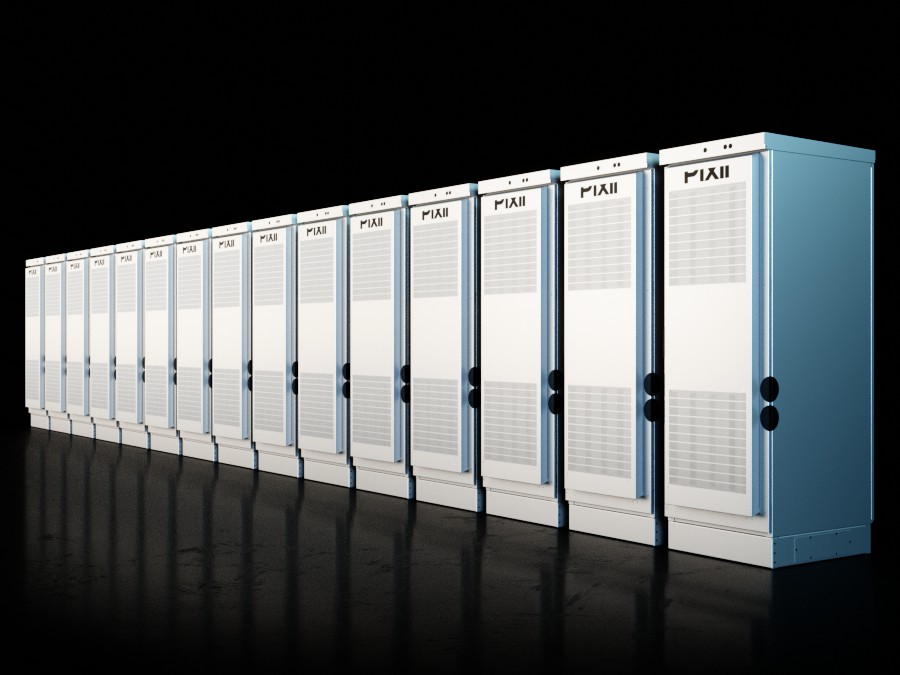
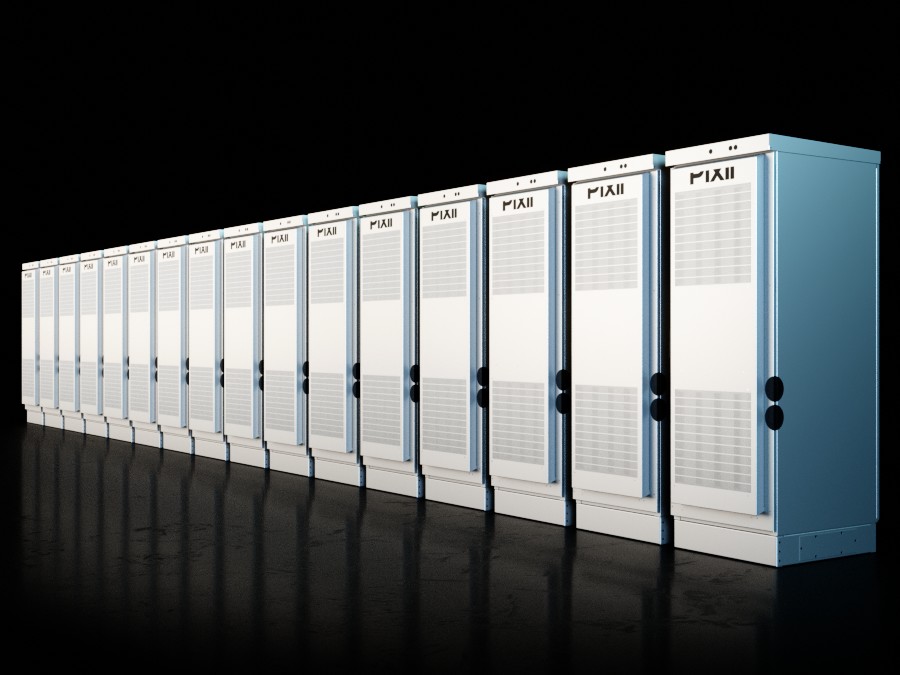
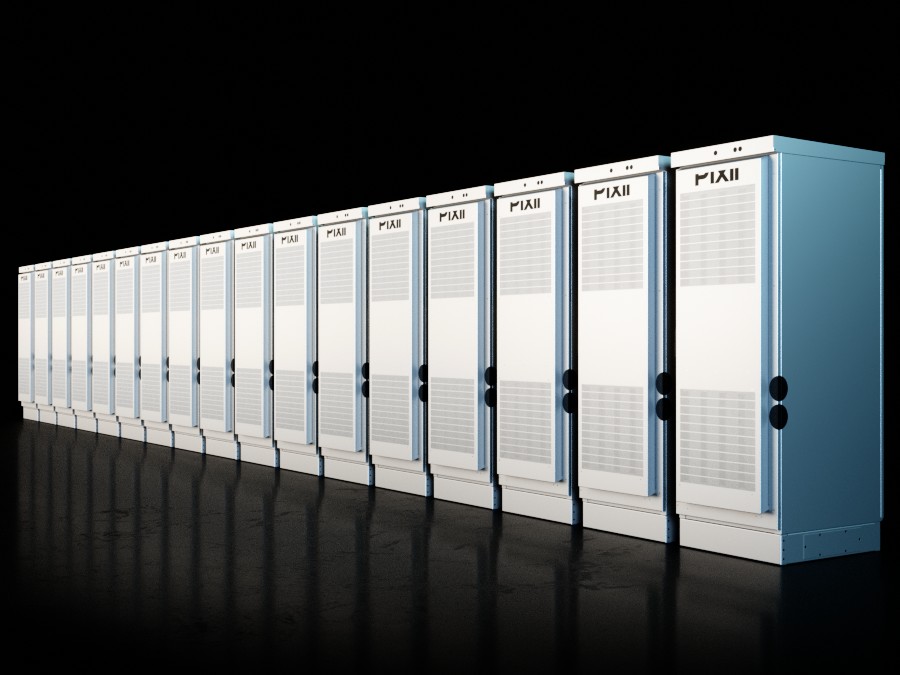
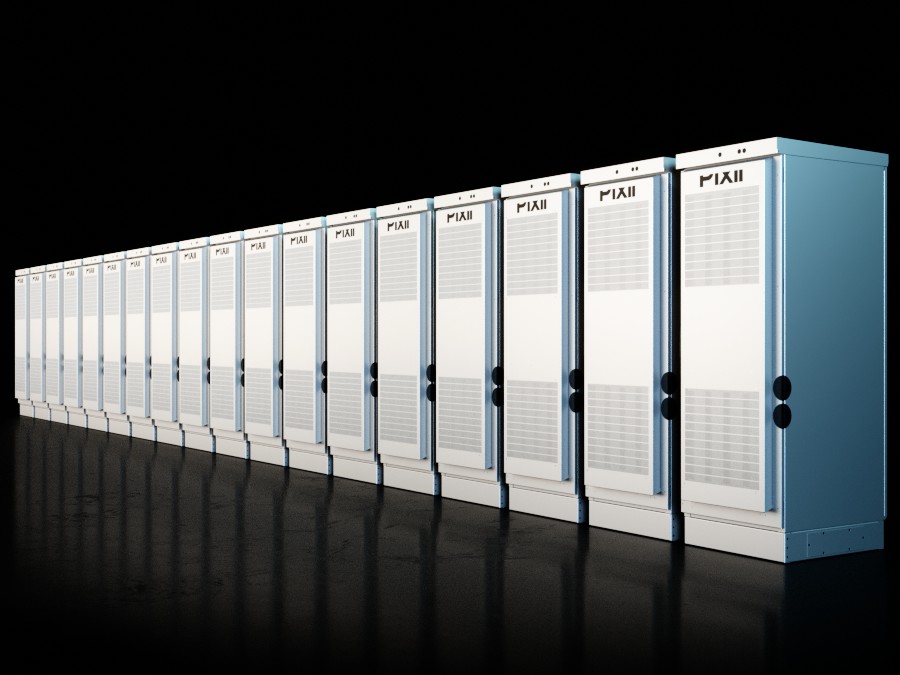
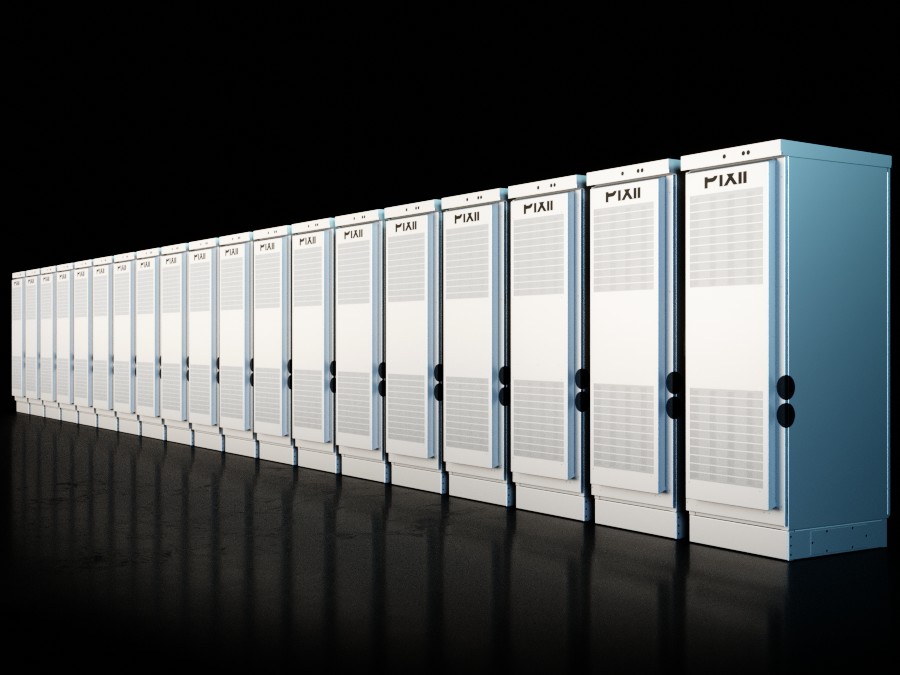
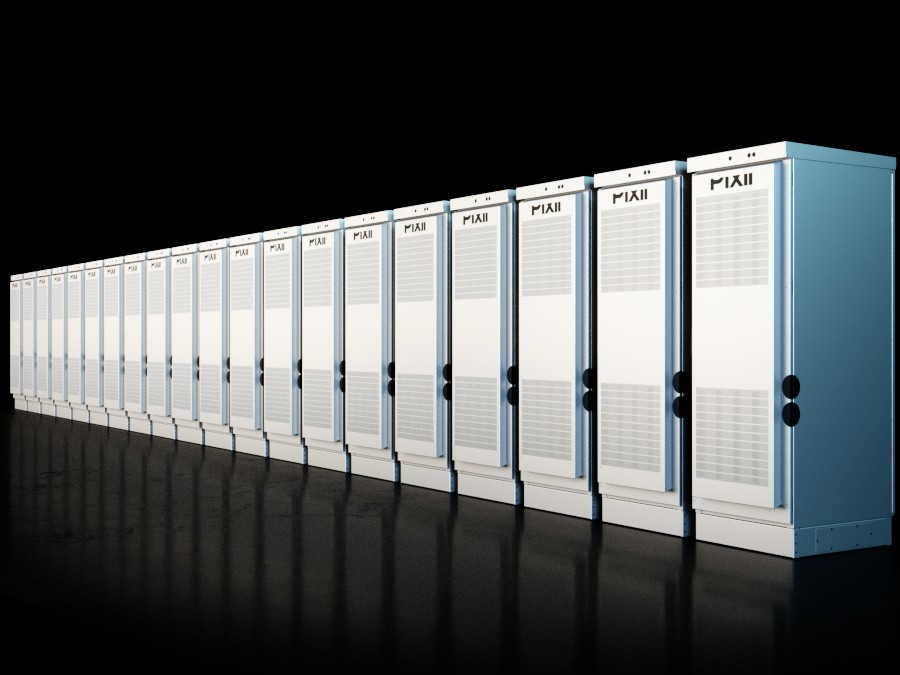
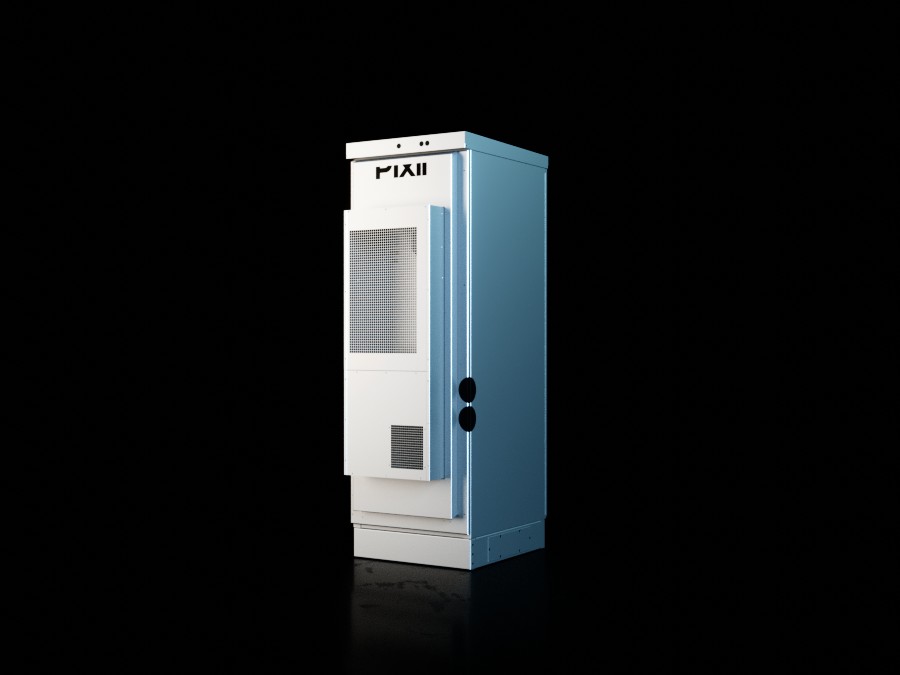
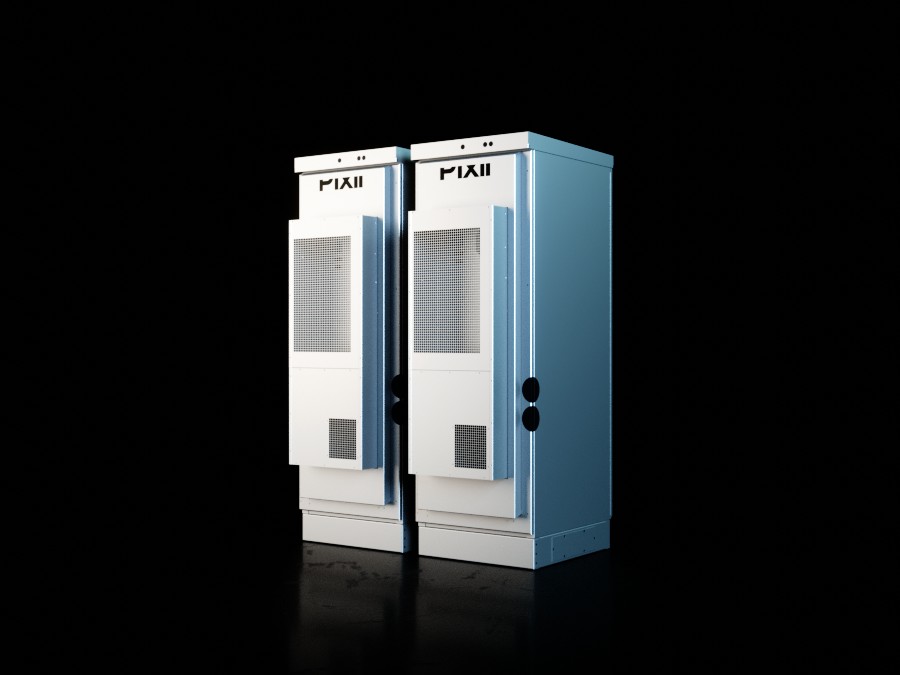
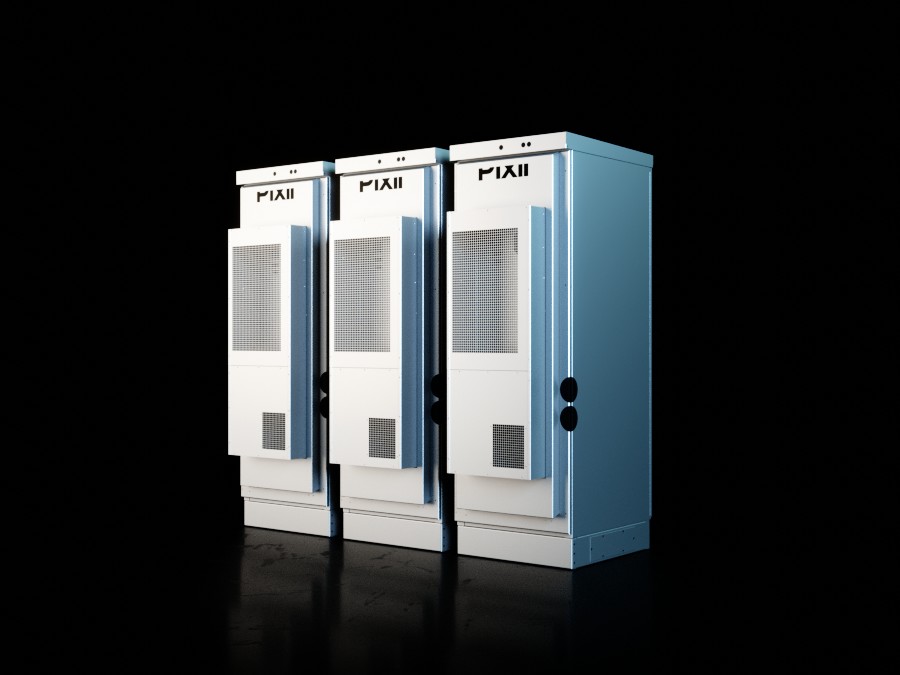

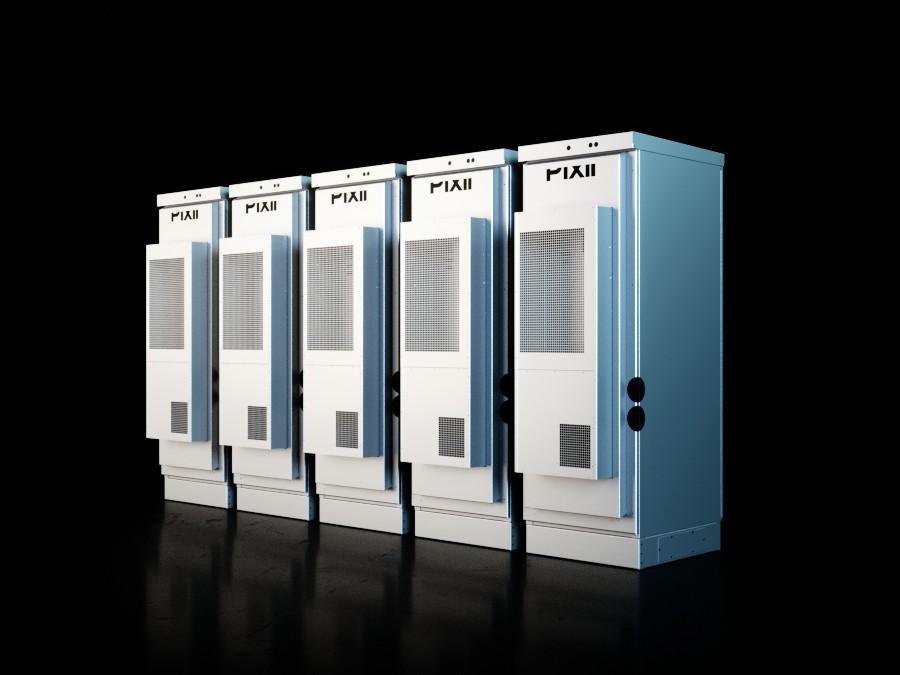
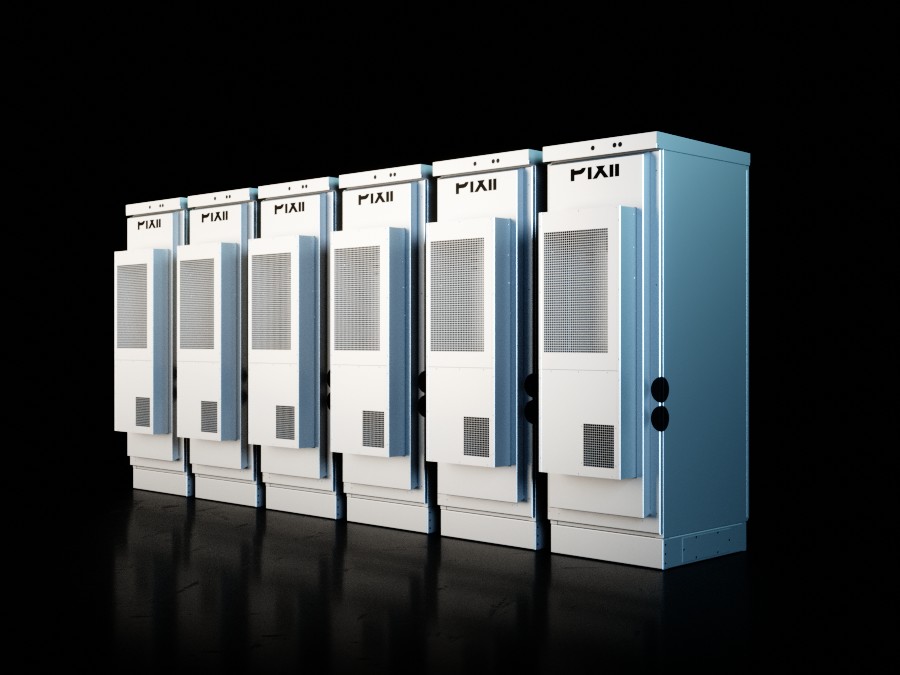

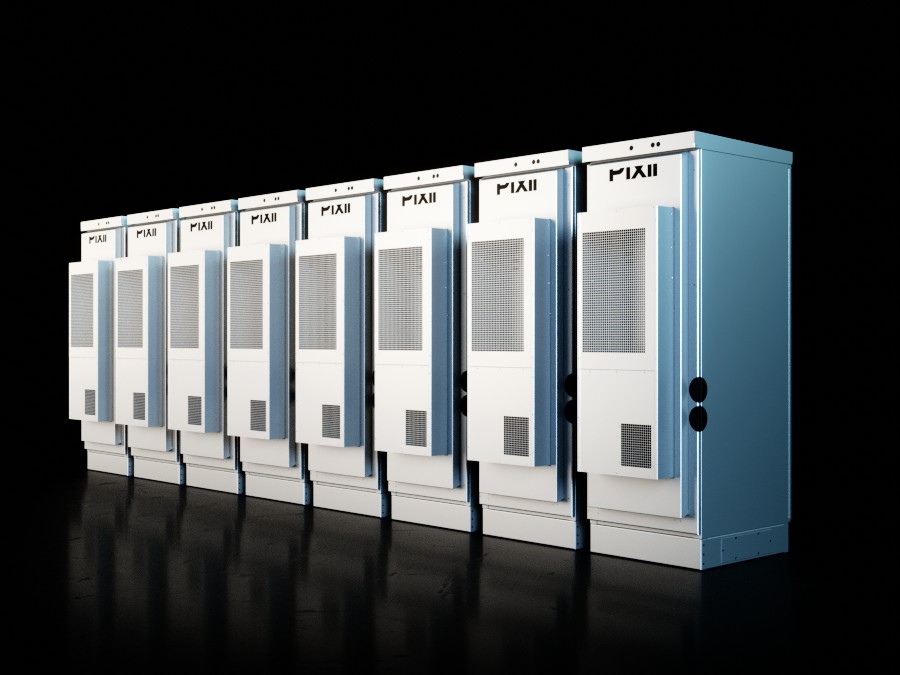
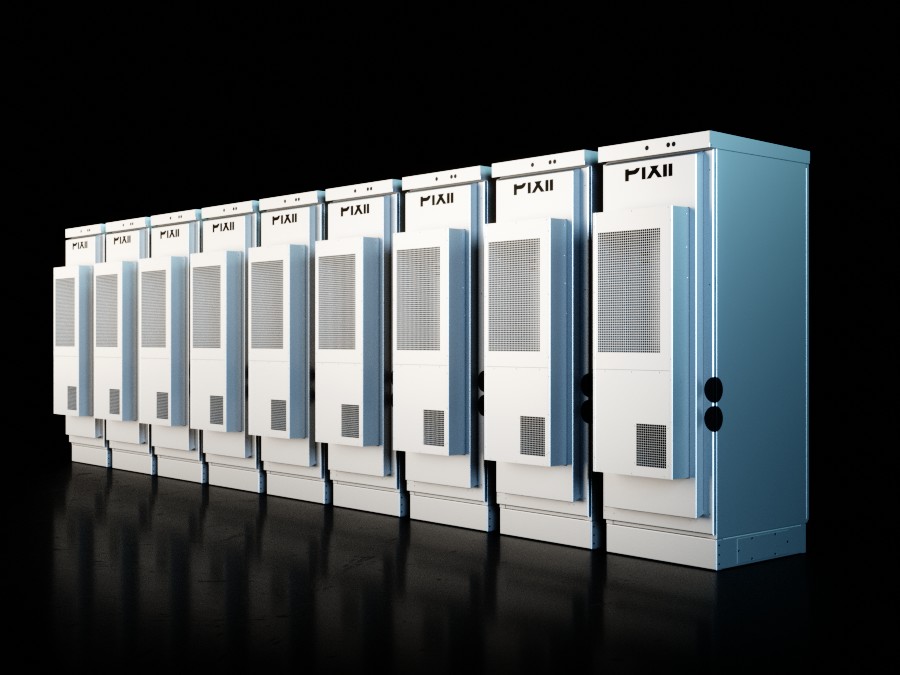
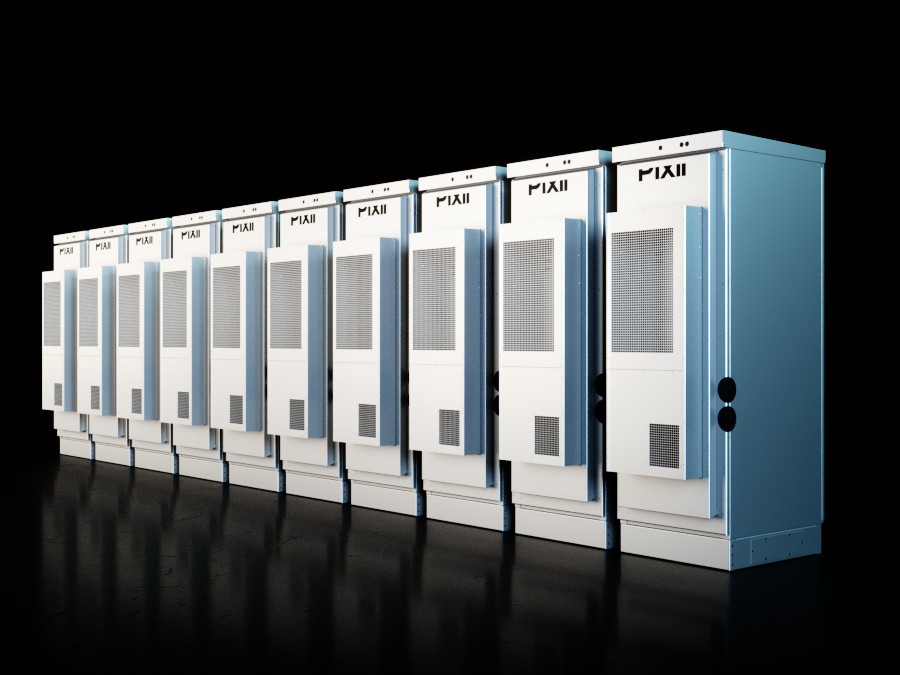
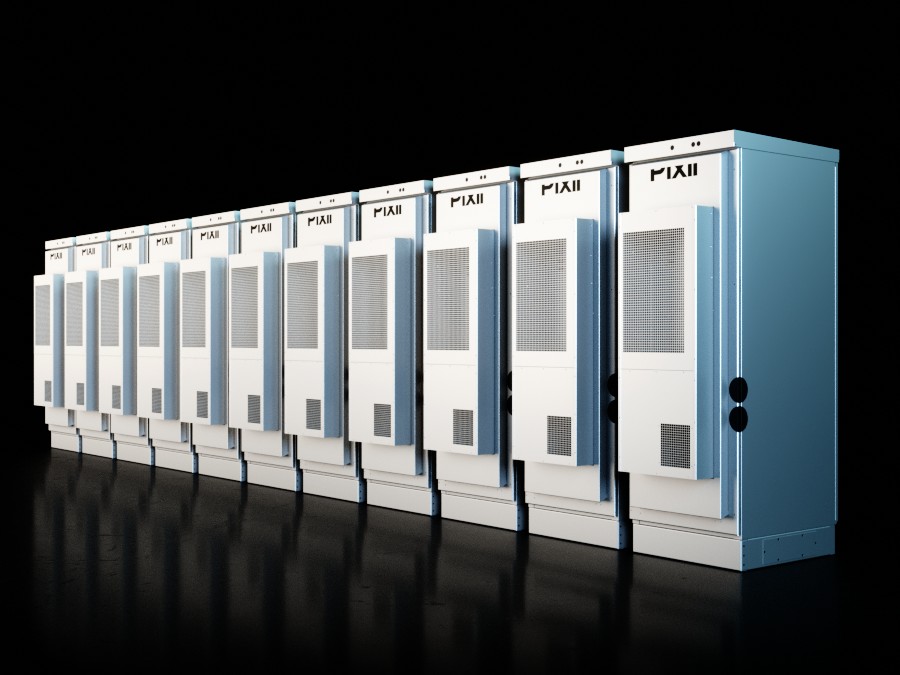
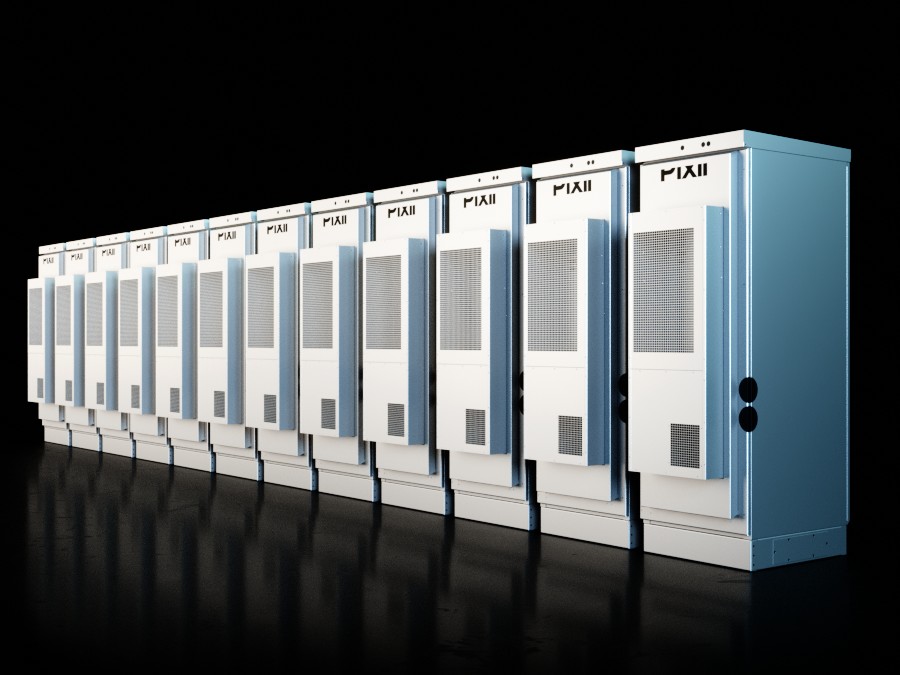
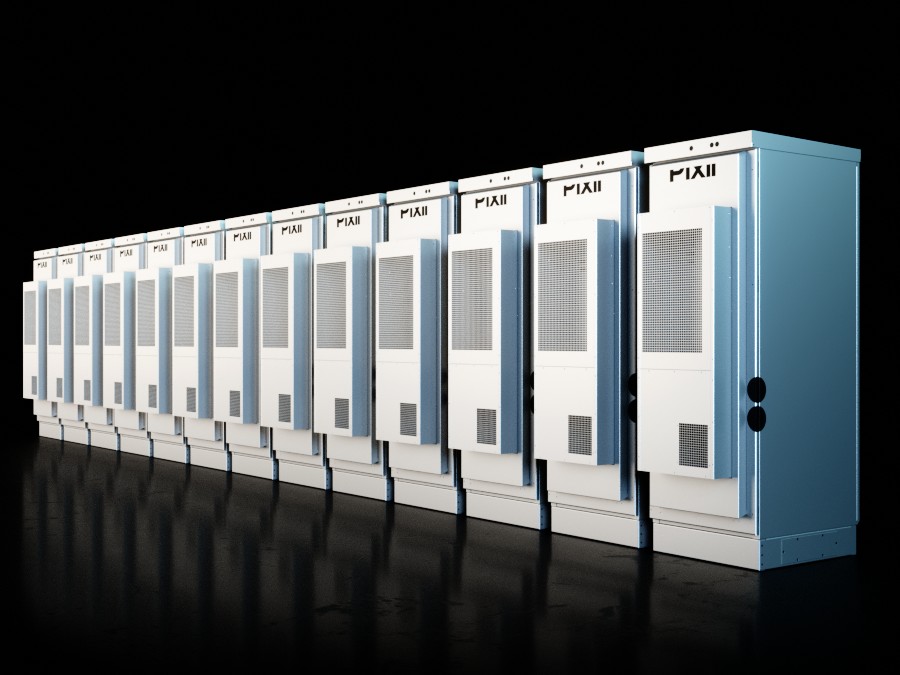

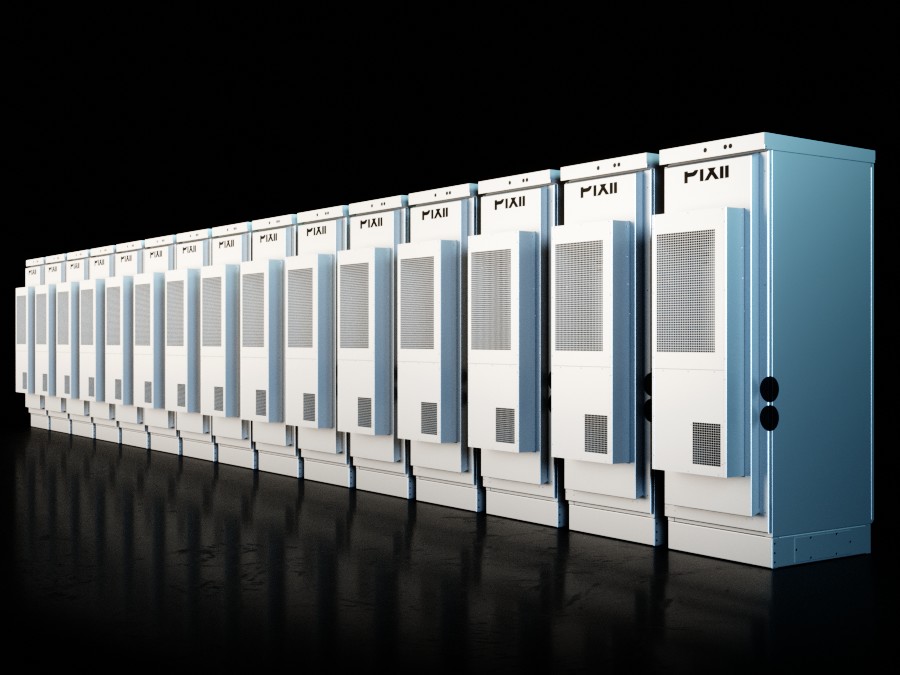
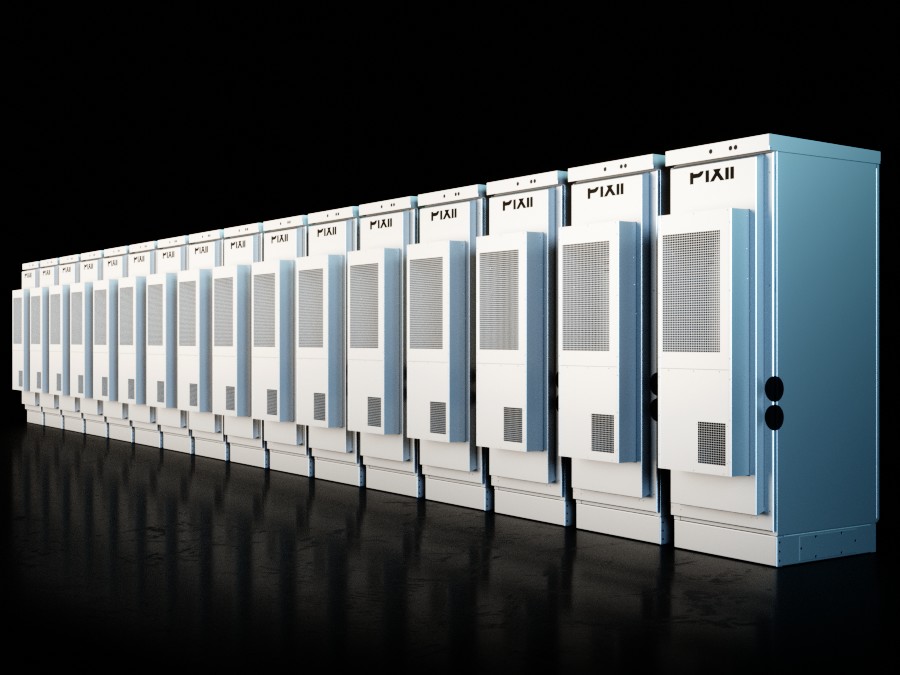
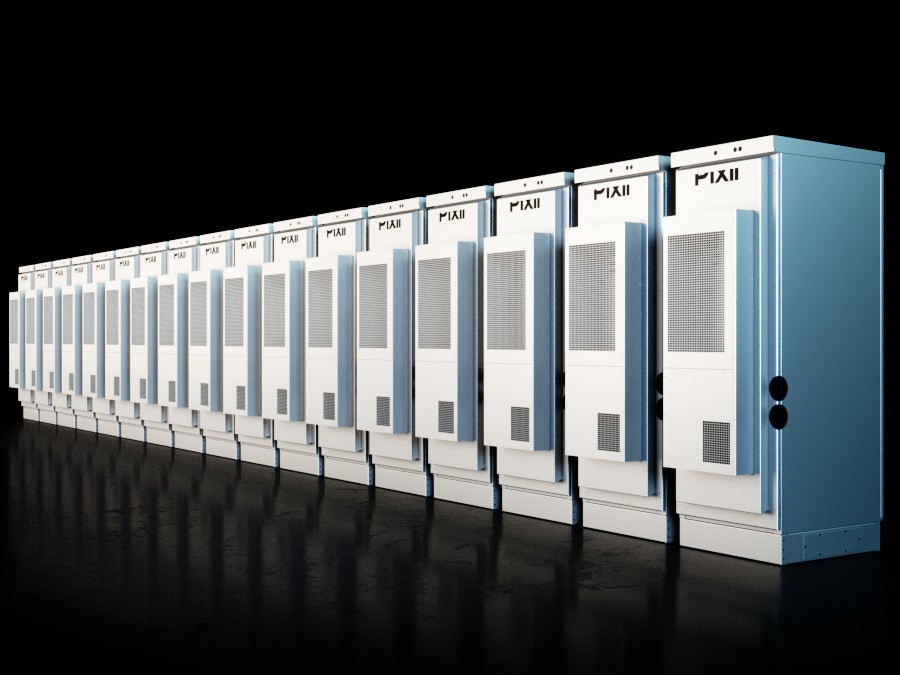
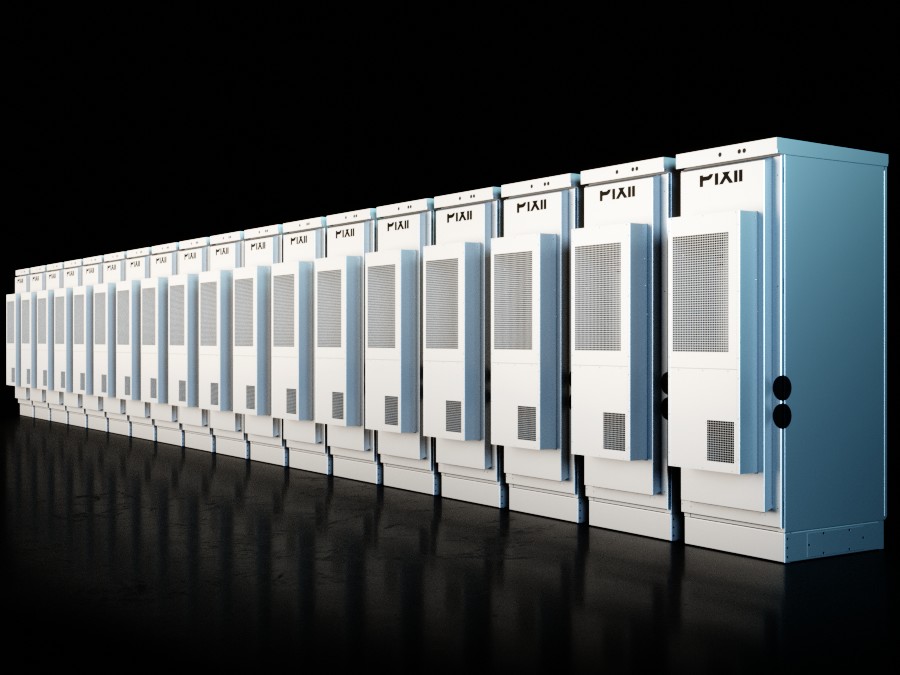
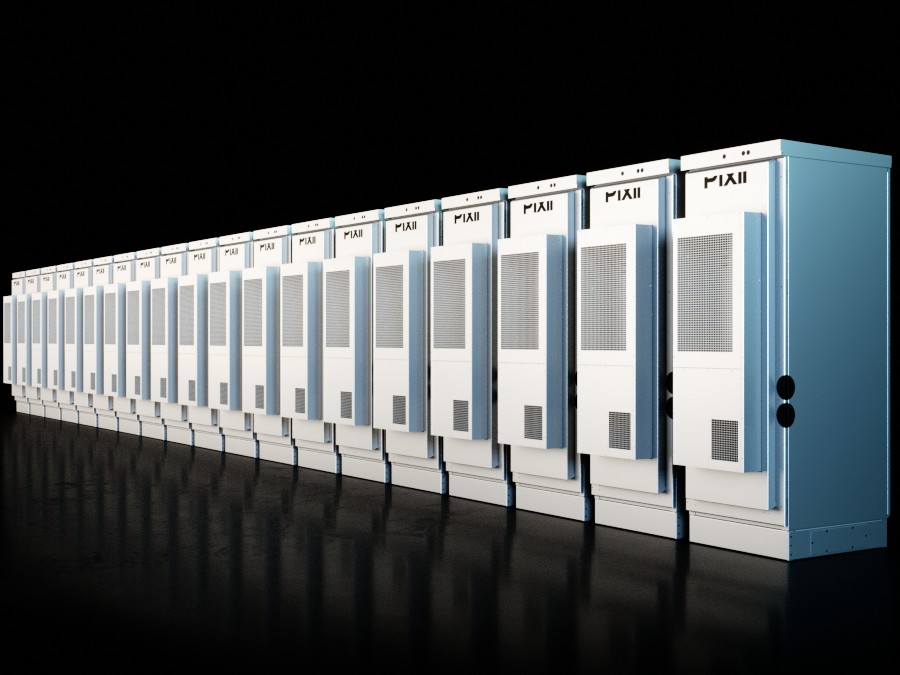
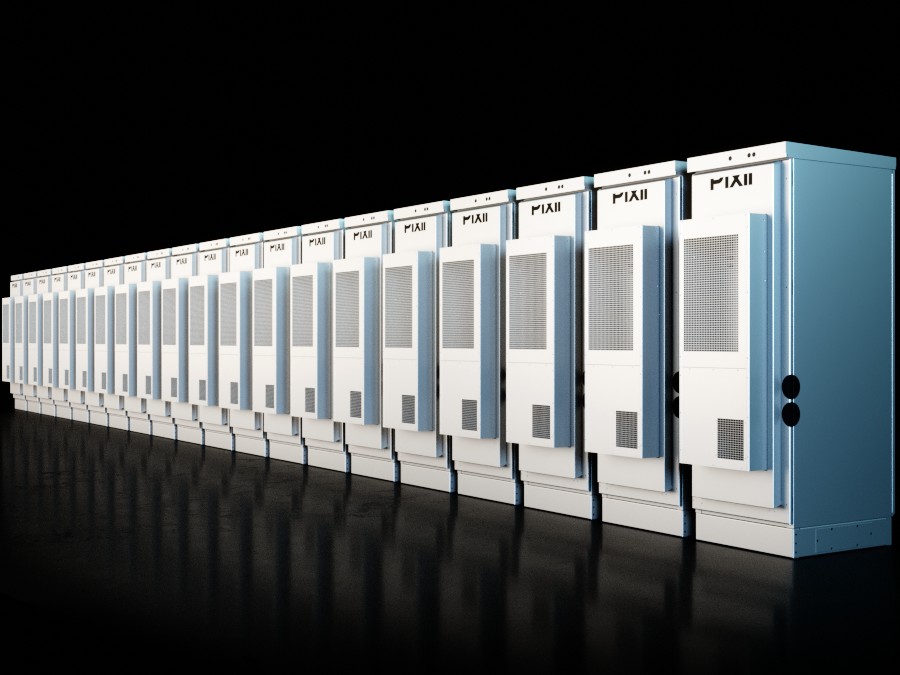
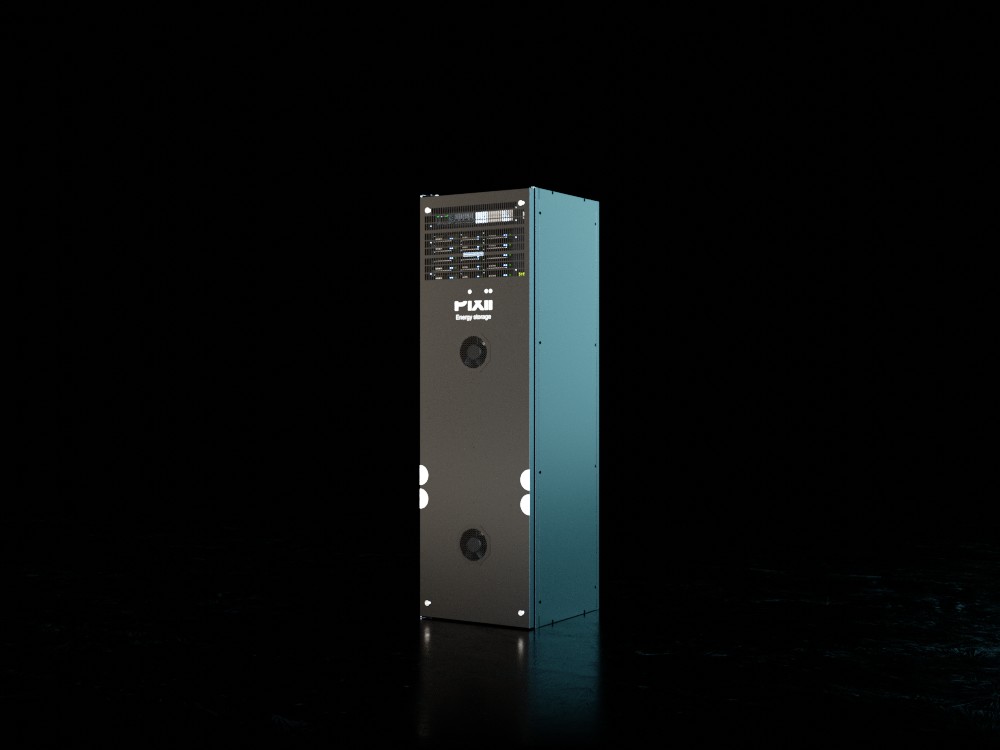
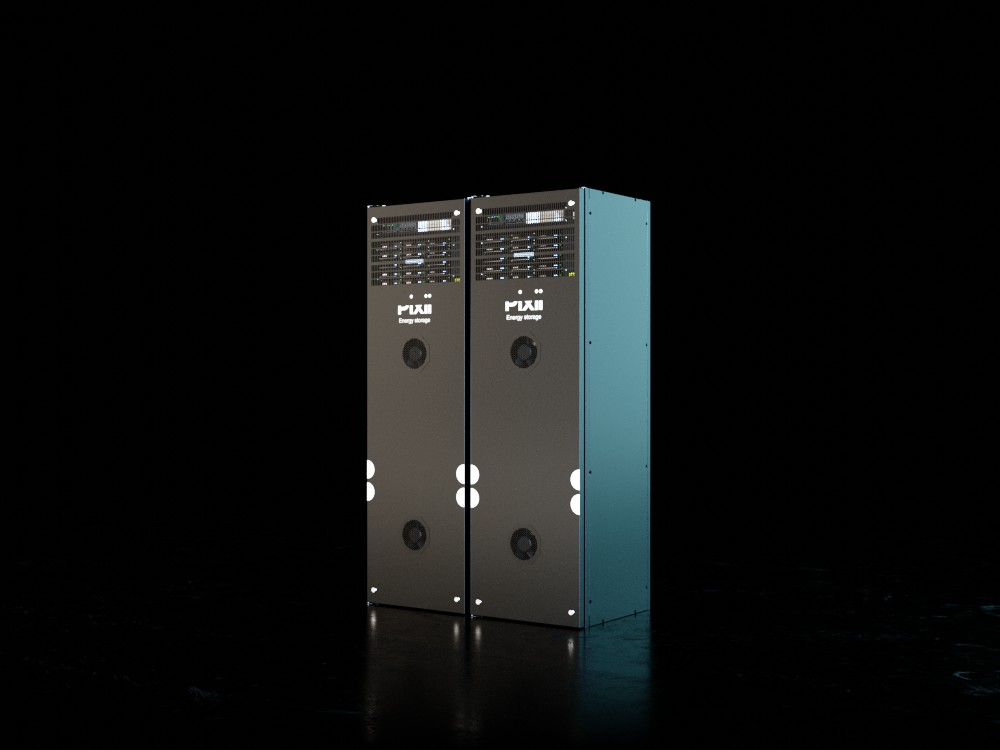
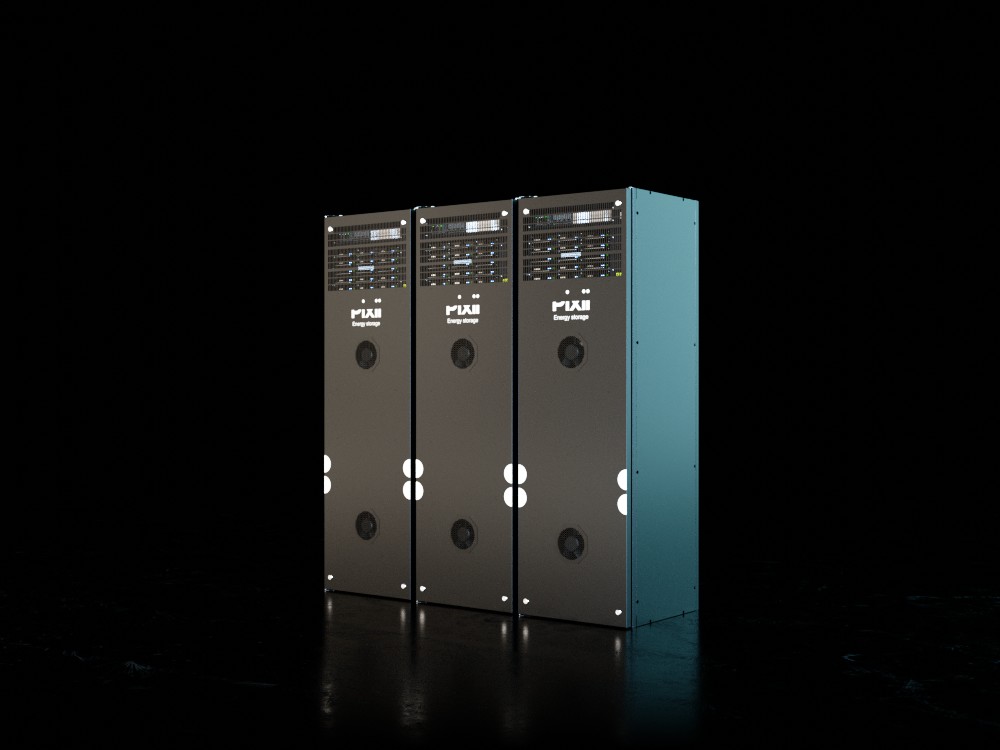

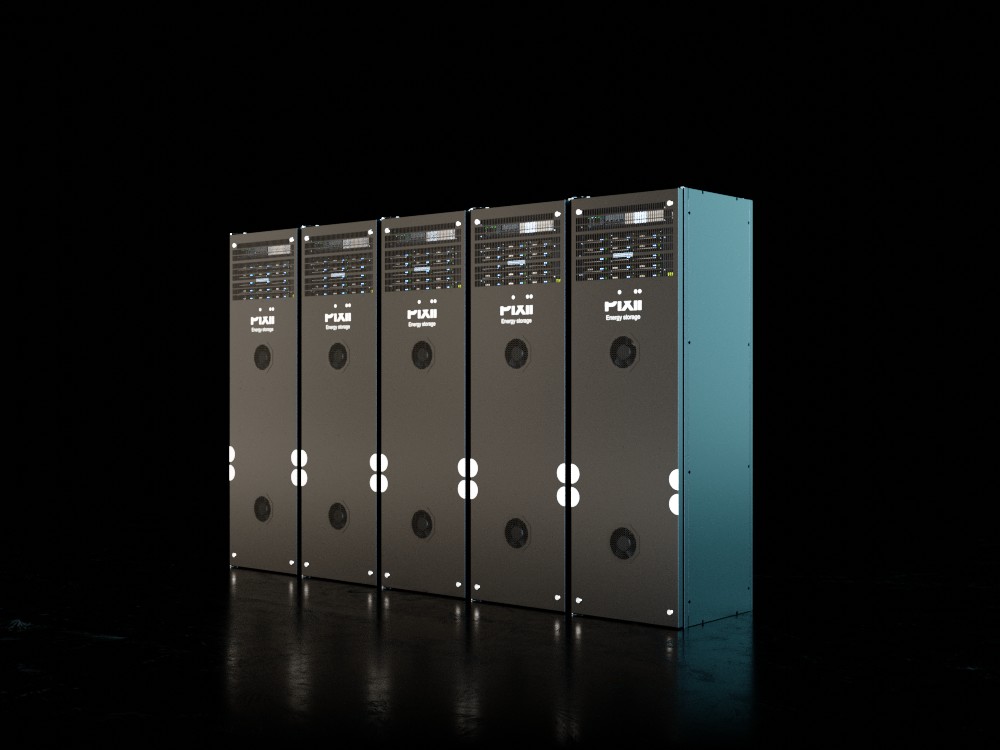
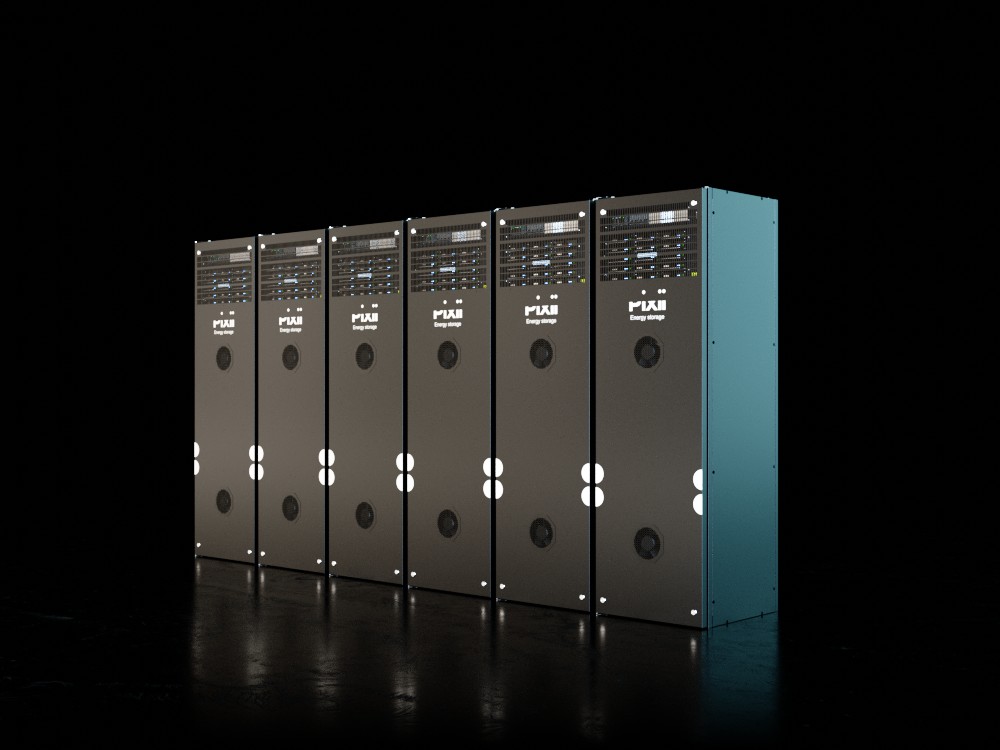
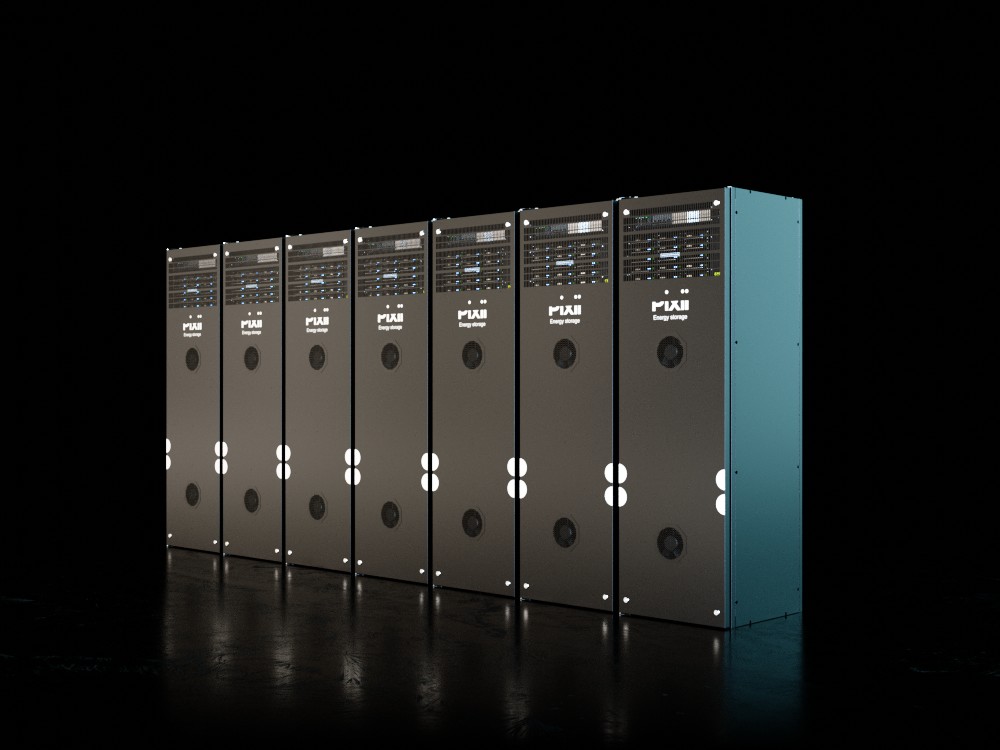
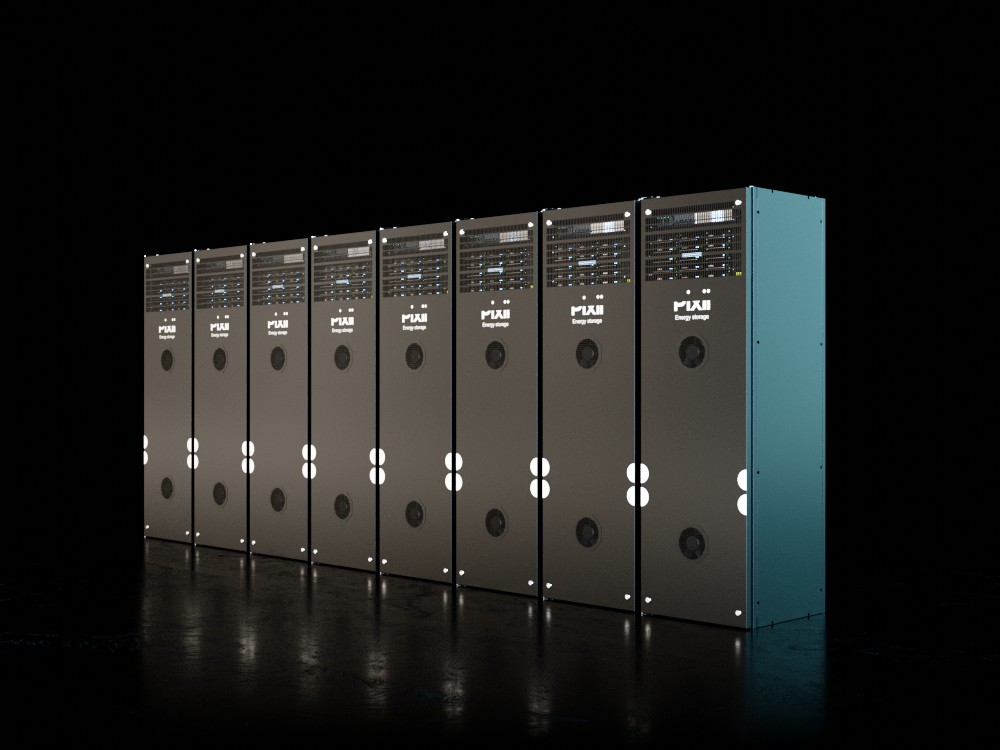
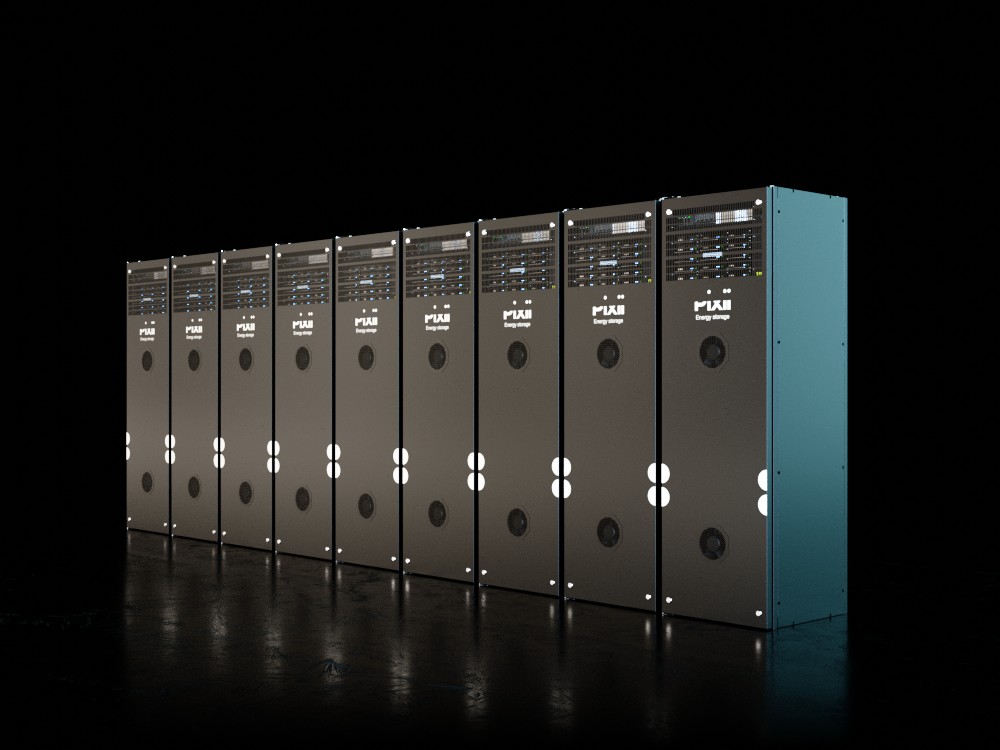
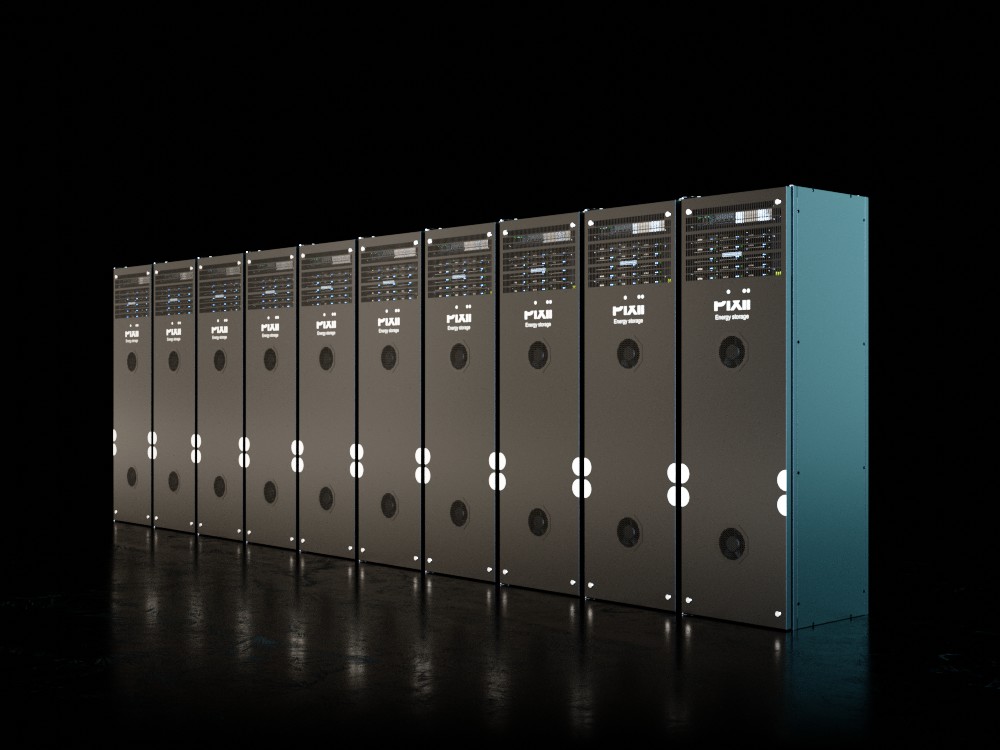
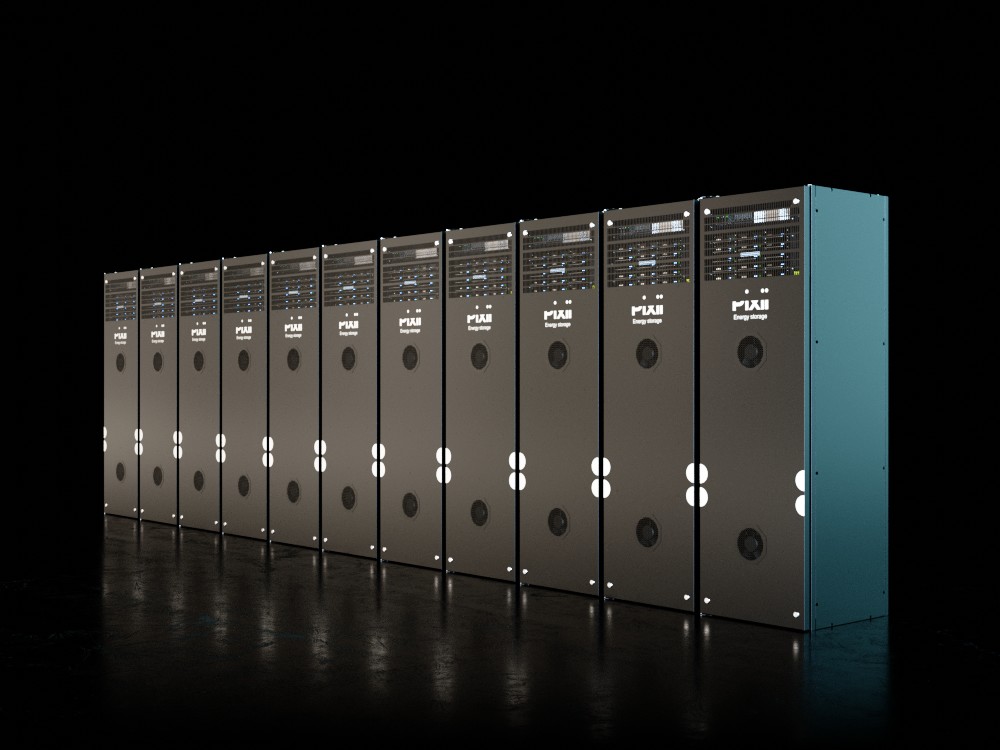
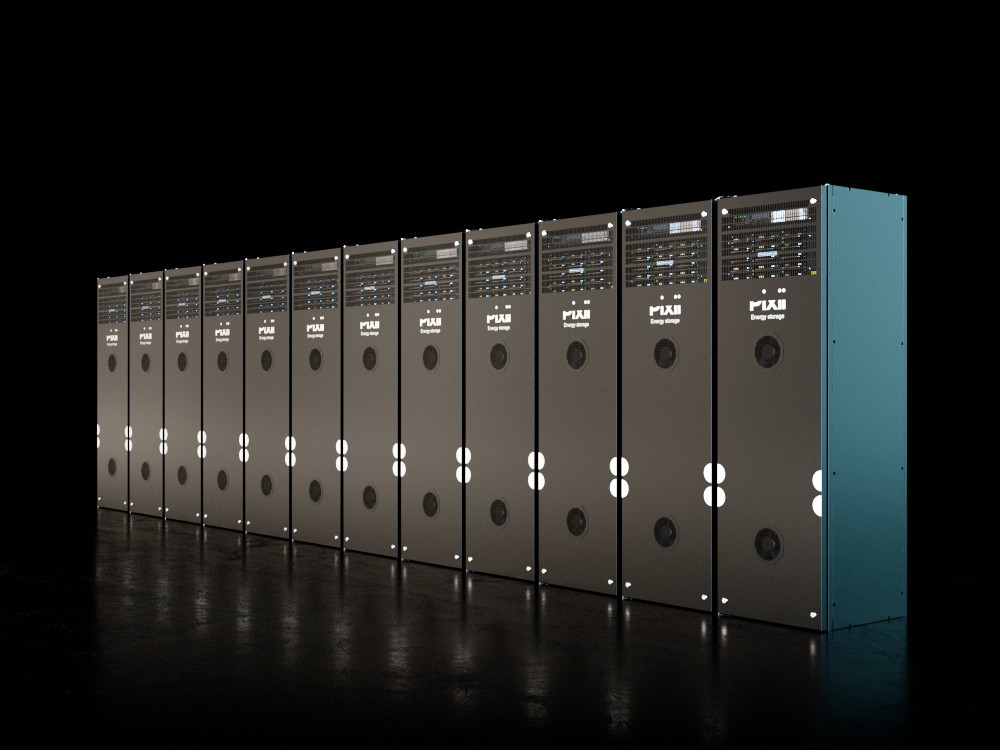
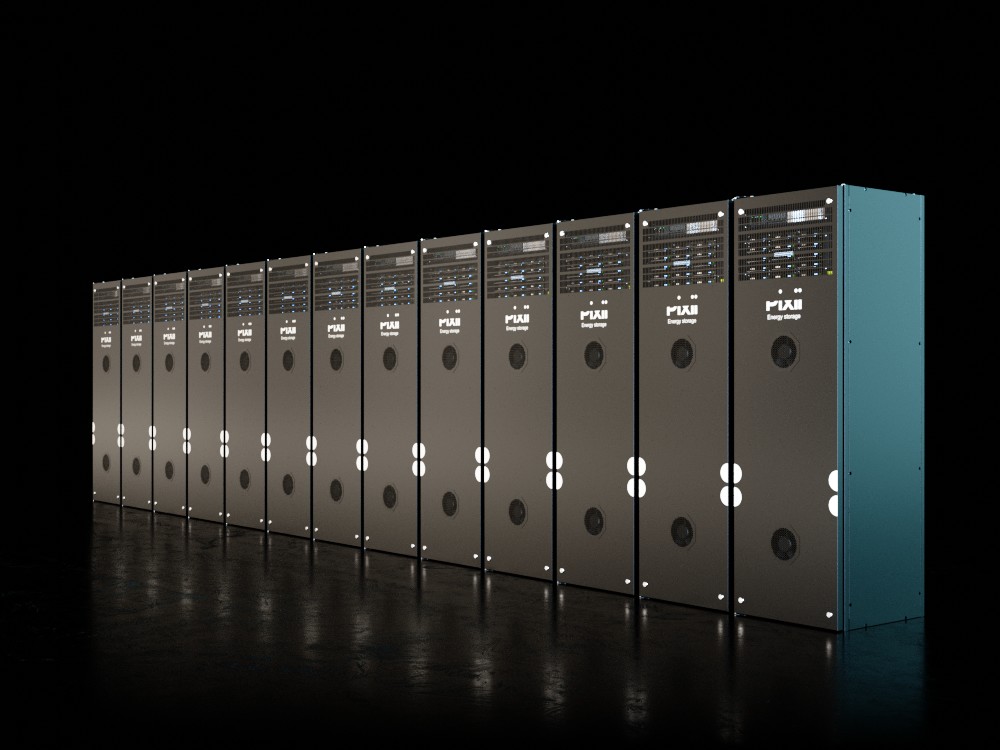
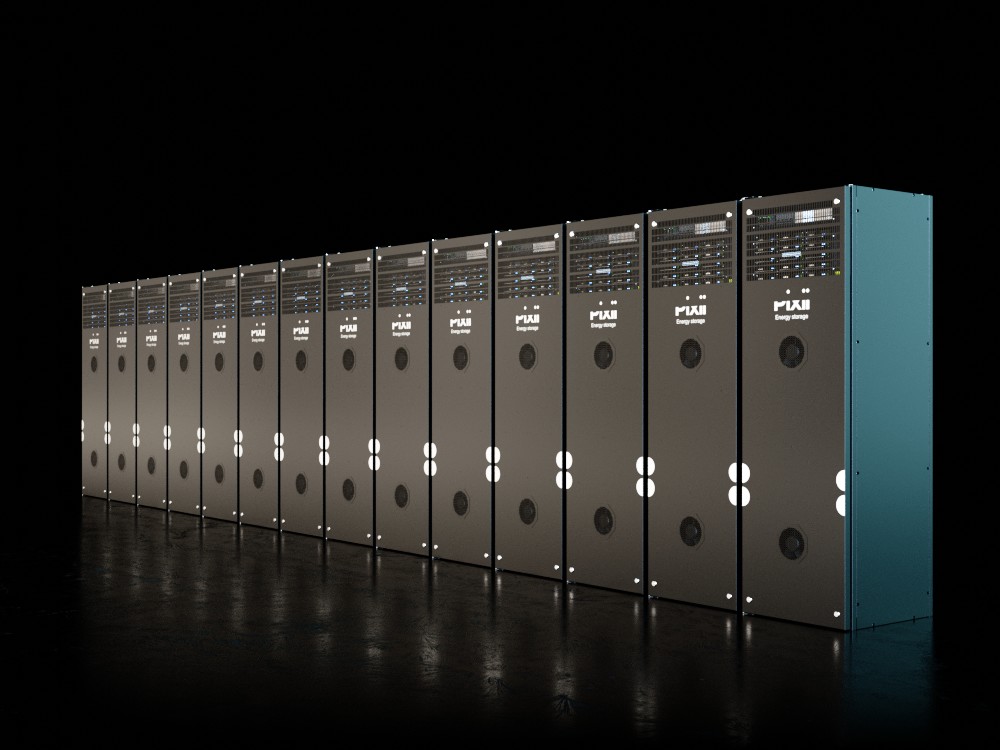
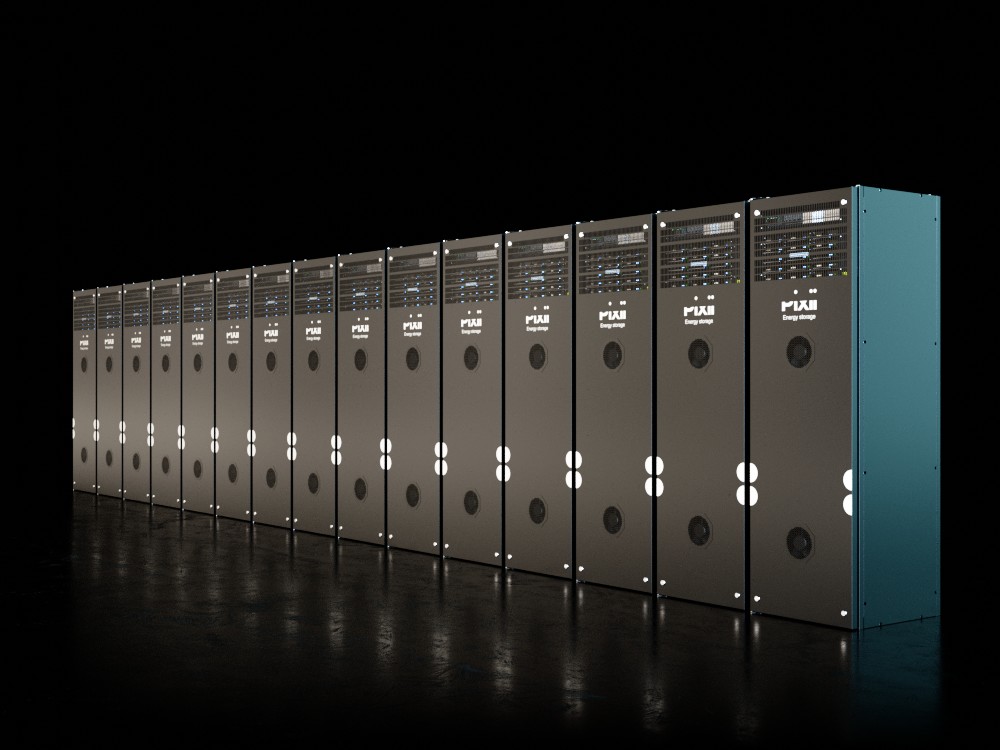

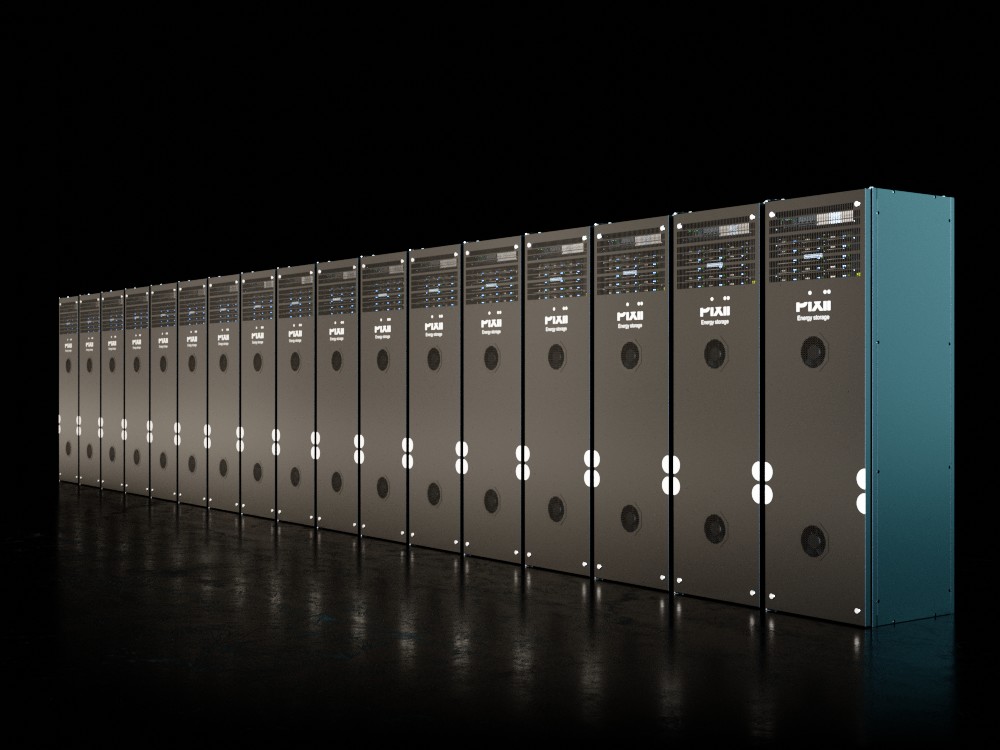
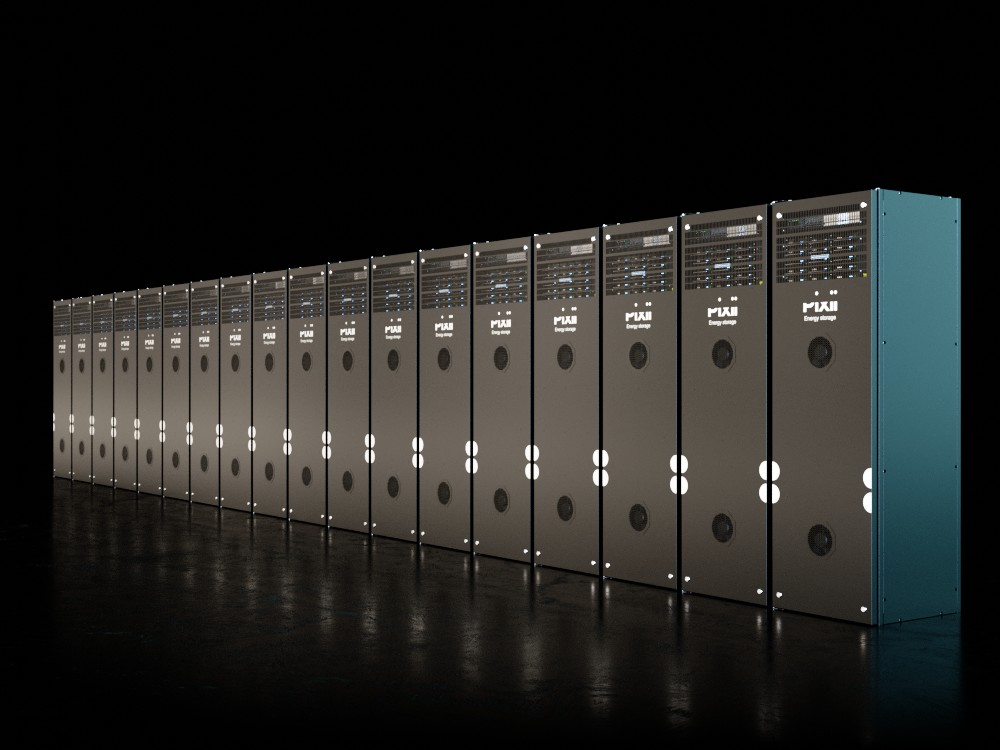
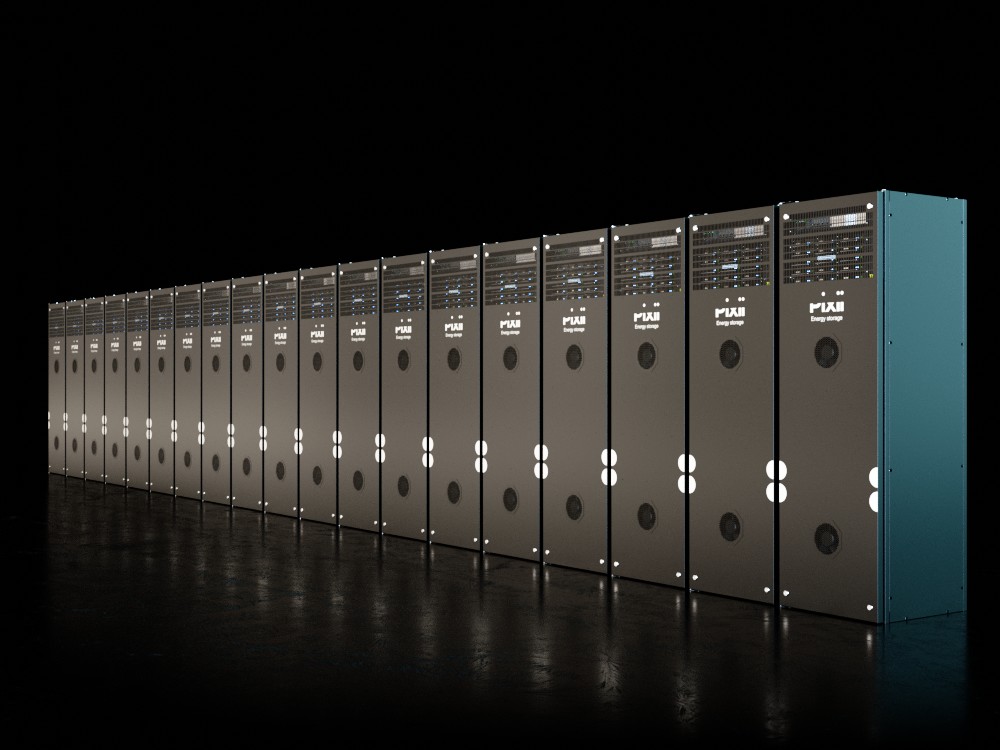
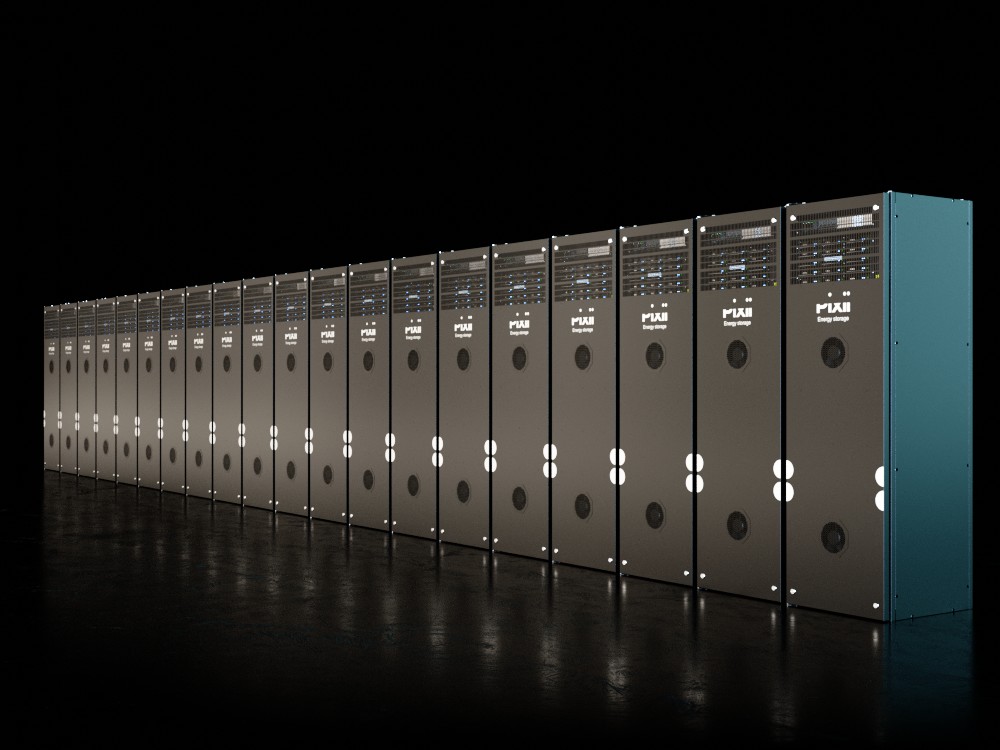
The Pixii OEM Inverter kit is a rack mountable bi-directional inverter shelving kit that provides OEM manufacturers with a modular and scalable inverter, designed for use by manufacturers of small- and large-scale Battery Energy Storage Systems (BESS).
There are six OEM kits available in 10kW increments up to 60kW (1RU to 6RU). Each 19inch mount kit includes Power shelves, Pixii Gateway Controller and PixiiBox inverter modules to achieve the kit power capacity (e.g. 3 x PixiiBox modules = 10kW, 18 x PixiiBox modules = 60kW).
For larger power capacity applications, multiple OEM kits can be AC coupled to provide an Inverter BESS solutions up to 1MW and beyond.
The 48V ELVDC operating voltage ensures safe operation across a range of battery models from several manufacturers. More information about this in the installation manual.
Included with the OEM kit, the Pixii Gateway is a multi-protocol controller that facilities and monitoring, control and data acquisition of a complete BESS solution.
Various i/o are included within the Pixii Gateway for system monitoring including: door operation, temp and humidity sensing and aircon operation. Ehternet, Wi-Fi. 4G modem connectivity to the gateway, facilitates external network connectivity and integration to 3rd party management/orchestration platforms.
For on-grid applications the Pixii Inverter OEM Kit also supports all demand response modes as specified in AS/NZS 4777.2.
In order to achieve AS4777.2-2020 compliance, all grid-connected inverters with an aggregated capacity of 10 kVA and above require an approved demand response device (DRM), the Pixii DRM Interface PCB is available as an option.
Typical Pixii BESS topology
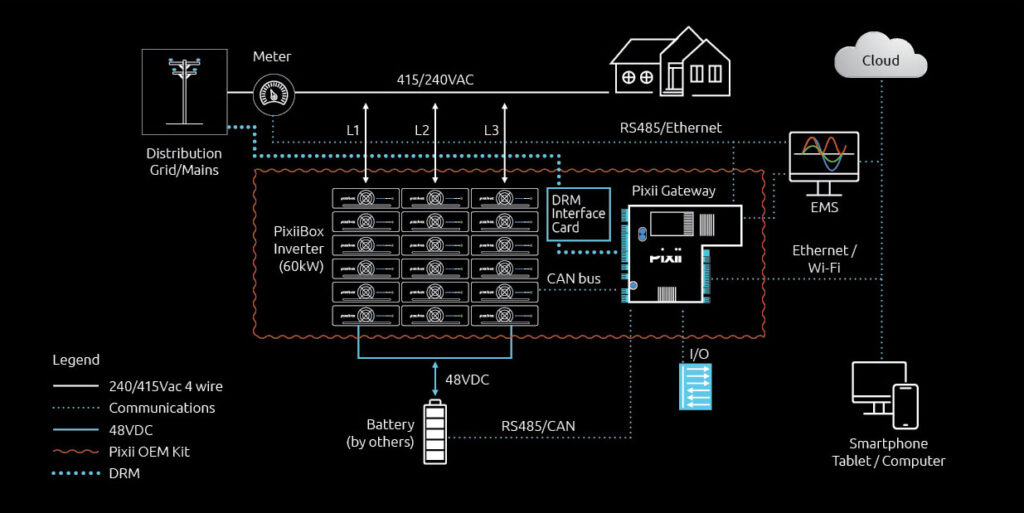
Download the full datasheet in the documents and download section further down this page
- Modular and scalable
- Compact energy storage
- Fast response (EV charging support, frequency response etc.)
- Wide range of functions
- Galvanically isolated AC to DC
- 48V battery voltage for ease of service
- AS4777.2-2020 compliance (with optional DRM Interface)
- Configurable to 1ph or 3ph
- Battery agnostic
